




























































200-foot-deep structure.

Capt. Rick Croson, of Living Water Guide Service, showed Barefoot this bite for the rst time, and on that trip, they caught African pompano until they were tired of reeling them in as well as amberjack, dolphin and black n tuna. e widely accepted best way to catch African pompano is with a utter jig. However, Barefoot is never content with a tool or technique until he tries to nd a better way to do it.
“ ey are extremely susceptible to utter jigs, but the problem with those is the teaser assist hooks. We kept hooking them on the outside of the face with those wired stinger hooks,” he said. “With their thin, delicate skin, it’s tough to get a hook set. We were losing a lot of sh.”
e technique Barefoot settled on is to use his own 4-ounce Squid Decoy Jigs.
For most anglers, African pompano are welcome bycatch on bottom- shing trips for other species. But restrictive seasons on standard structure-oriented o shore species like grouper and snapper have made African pomps a primary target. In terms of gameness and quality as table fare, some might argue they belonged near the top of the list the whole time.
“ ey shut down grouper shing in January, and I’m not going to stop going o shore, so they’re the next likely candidate,” said Coastal Angler’s own Capt. Tim Barefoot. “ ey pull hard, they bite and they taste great. I’d put them
up in the top ve of my favorite sh to eat.”
African pompano school up on nearshore and o shore structure in late winter and early spring on the Atlantic and Gulf coasts. A couple of years ago, Barefoot was introduced to a ridiculously good bite for 15- to 45-pounders out of Wrightsville Beach, N.C., and what he learned might help you dial in the bite where you sh.
Cold water consolidates African Pompano to their comfort zone this time of year, and out of Wrightsville Beach anglers nd the magic 65- to 67-degree temps 45 to 60 miles out on 120- to

“African pompano are very close to the bottom,” he said. “We drop that squid down to the bottom and pull it up just a few feet. Sometimes you can just set it in the rod holder and wait for it to get slammed. Sometimes you might want to give some action, but don’t overdo it. Squid are their primary food source. When they see it, they’re not shopping… they’re buying.”
Barefoot uses 40-pound braid to an 80-pound uorocarbon leader. He ties on his jig with a loop knot. e thing about squid is sh always attack them from behind to disable their beak. Barefoot said sh take the squid jig deep, and the result is a solid hook set in the mouth.
Find Capt. Rick Croson at livingwatersoutdoor.com and check out the Squid Decoy Jig at barefootcatsandtackle.com.
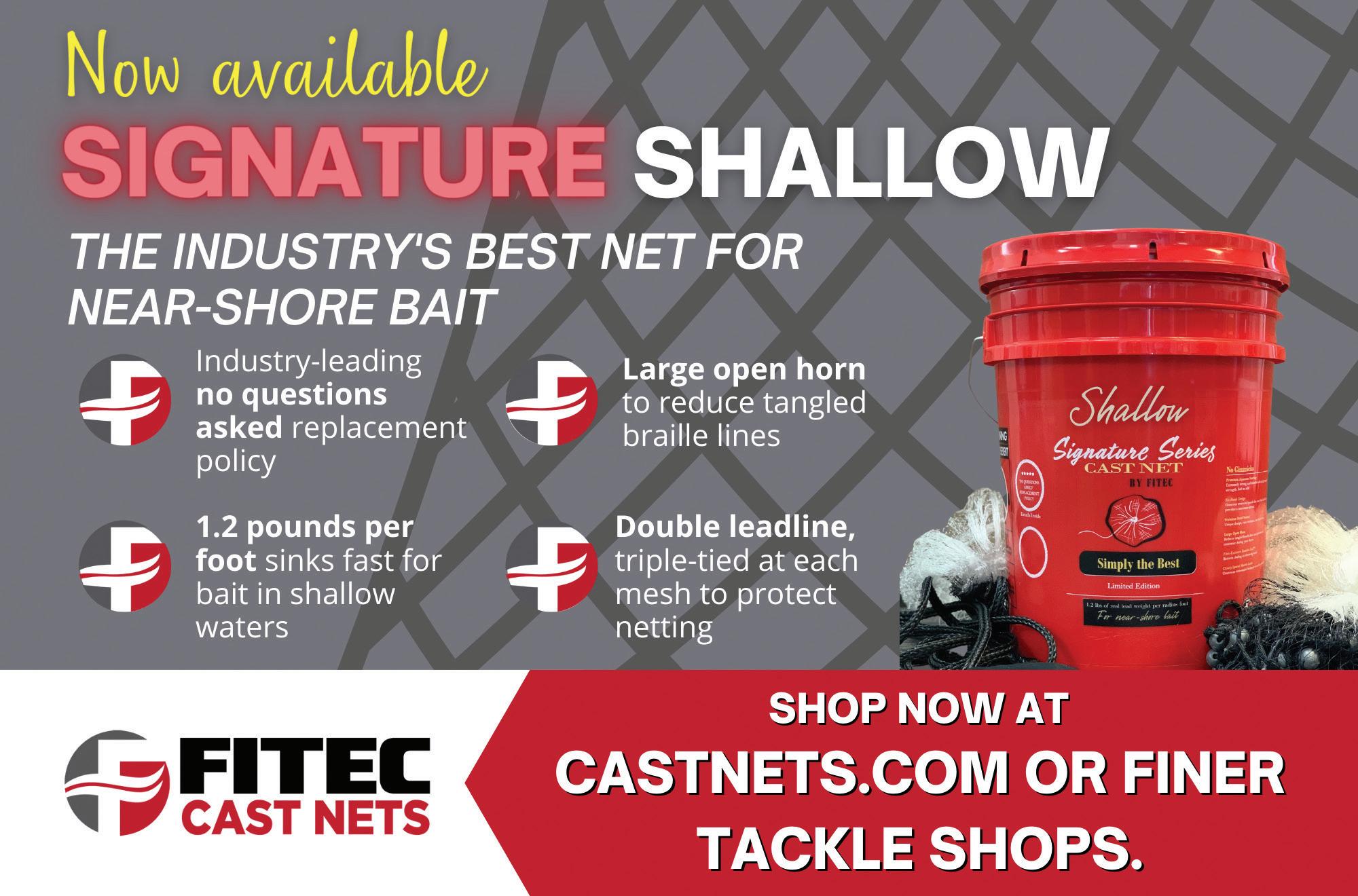
With big trout on my mind, I hooked up the boat and headed to deep south Texas. An approaching cold front was going to shorten my trip to a single day, but I felt con dent it would be worth the 5-hour drive. As the cold front swept across north Texas, my anticipation was high as I headed south to warmer temperatures and extra hours before the frigid air and high-powered north wind turned a nice winter’s day into artic conditions. e morning greeted me with calm winds and dense fog, which is not typical south Texas

weather 14 hours prior to the strongest cold front of the year. e norm is 25 knots from the south or southeast with a storm of this magnitude on the doorstep.
I headed to my pre-determined location at a safe speed considering the conditions. I was in no hurry, as the prime bite was not until 10 a.m. e forecast was sunny, calm and 70 degrees for the day, followed by north at 35 knots and a low of 28 the next morning. I was certain the approaching weather would have the bite red up, and it did not disappoint. e sh didn’t feed on everything
I tied on, but once I homed in on what they wanted it was nonstop!
I pulled up to a favorite cove, positioned the boat well outside the prime area and quietly slipped into air-clear, knee-deep water of the grass at. I had a 5-inch paddletail ready at the end of my rod. A er covering the prime area with only one follow by a small red, it was time to change. I downsized to a 3.25-inch paddletail with a light purple back and a pearl belly. As I looked up a er rigging my lure, I spotted a huge trout about 5 yards in front of me. She was there for several seconds and then slowly disappeared. I knew she was aware of my presence even though she didn’t spook, and I didn’t have high hopes of catching her, but I did try. I was excited knowing my plan had me in the area of the trophy-size trout I was targeting.
I noticed nervous mullet about 40 yards away and slowly made my way in that direction. It was nonstop action on reds in the 26-inch range, and I caught one 3-pound trout. ese sh were a little deeper in thigh-deep, crystal-clear water over grass and potholes.
roughout the day, I tossed three sizes of similar body-style paddletails, all with built-in tail rattles. e smallest, a 3.25-inch lure, was the only one that caught sh. I used three di erent colors, so it was only the size that mattered on this day under pre-front conditions. Although I did not land the big trout I was targeting, I am satis ed that I was in the right place and will go back soon.
Capt. Michael Okruhlik is the inventor of Knockin Tail Lures®, and the owner of www.MyCoastOutdoors.com.

Some years ago, my girlfriend and I visited the Southwest town of Sedona. It’s a wonderful place. While jewelry stores, art galleries and upscale boutiques have crept into Sedona’s downtown, the air still maintains an electric charge. In one of these Sedona stores I acquired a Bowie knife that soon proved well worth the sticker price.
Disappearing into the stunning red rock formations that Sedona is known for, my girlfriend and I set out to hike Bell Rock, a butte just south of that famous desert town. We couldn’t have been happier.
Our happiness didn’t last long. Before we knew it, we stumbled upon a rather nasty diamondback rattlesnake. Acting quickly, I pulled my Bowie knife out of its holster and gave Mr. Snake a quick shave. We were lucky. Not only did my skill with a knife ensure our safety, but I had the makings for a new rattlesnake belt.



The next time something slithers too close, make sure you’re prepared with the Diamondback Bowie Knife. This 12" knife comes with a high quality 420 surgical grade stainless steel blade. The handle is made of genuine natural bone that’s been hand carved in the pattern of a diamondback. Completed with brass handguards, spacers and end cap and accessorized with a genuine leather tooled sheath, this is one blade a mamba won’t want to mambo with.









What’s more, while supplies last, we’ll include a pair of $99 8x21 power compact binoculars FREE when you purchase the Diamondback Bowie Knife. Simply put, this offer is an incredible bang for your buck. Act now: We only have 271 knives left for this ad! For your next adventure, don’t rely on some wimpy pocketknife to protect you from danger. Get the Diamondback Bowie Knife and come away with a story instead of becoming a snack.







Asingle-handed y rod, which you might refer to as a “normal” y rod, is the tool of choice for most anglers seeking trout or other species on our inland rivers. But I’m here to tell you there’s a revolution building steam. Don’t be surprised when someone on your local river shows up wielding a two-handed spey rod. ese long rods are gaining popularity because they o er certain advantages.
For centuries, two-handed spey gear has been used only in pursuit of big anadromous sh such as salmon or steelhead on the huge coastal rivers of many continents. However, in the last decade or so, micro or trout spey rods have found their way into the hands of anglers. is smaller trout-sized spey gear opens the door for shing areas and for species that inhabit some of our beloved rivers and mediumsized streams.
If it lives in moving water, it can be caught with spey gear. Trout, of course, are the main quarry, but other sh such as smallmouth, spotted bass, largemouth, white bass and stripers are also fair game. Smaller-sized spey rods in 4-, 3-, or even 2-weight sizes are extremely e ective tools for reaching sh in big water with dicey wading areas.



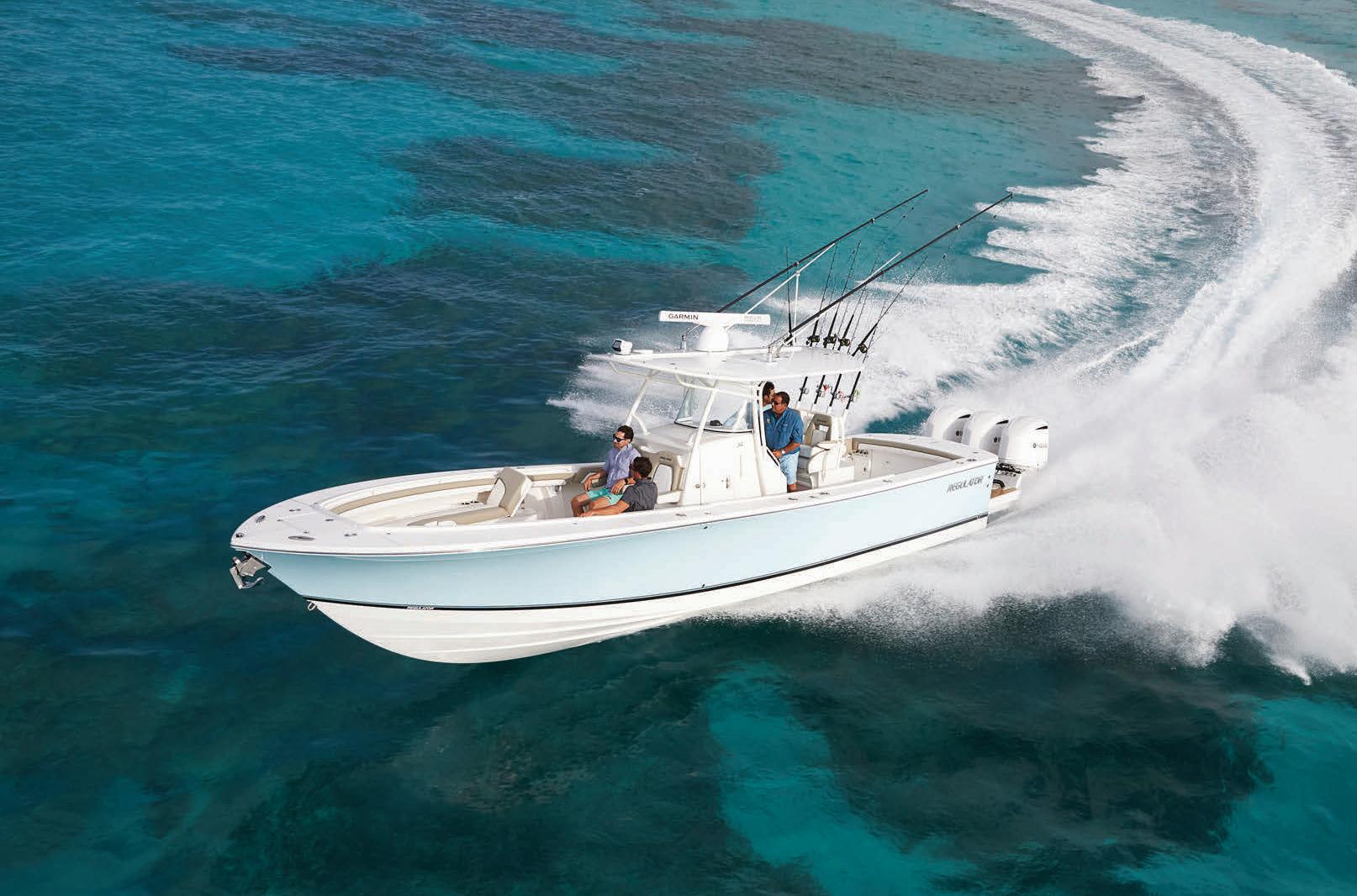
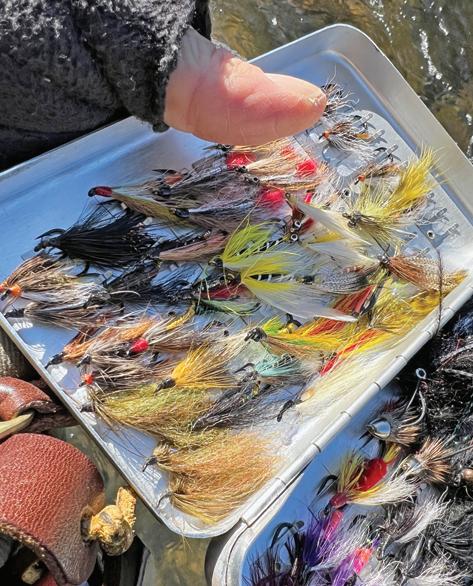

Besides being loads of fun to sh and cast, a spey rod is designed to launch ies into the next county with little or no back-cast room available. Most troutsized spey rods are less than 12 feet long, with longer rods up to 16 feet reserved for big steelhead or salmon. A 2-weight spey rod is similar to casting a 4- or 5-weight single-hand y rod. A 3-weight spey rod can handle ies in sizes that a 5- or 6-weight single-hand can cast, and so on.
Here’s the main advantage of two-handed gear: Easy casts of 70 or more
















feet can be launched from positions that are impossible with a single-hand y rod. Right now, the wheels in your head should be turning about places on your home river you have always wanted to run a y through but couldn’t reach.
Fishing is done down and across current to carefully swing ies through likely runs or holes, and the angler waits for the electric jolt of a trout or bass. Flies imitating bait sh, emerging insects, and even brightly colored Atlantic salmon or steelhead ies in smaller sizes are readily taken by sh. A well-tied y sweeping in front of a predator can draw a hunger reaction or a re ex strike in almost any condition.
Casting and shing micro spey gear is extremely fun and e ective. I hope you will join the trout spey revolution!



























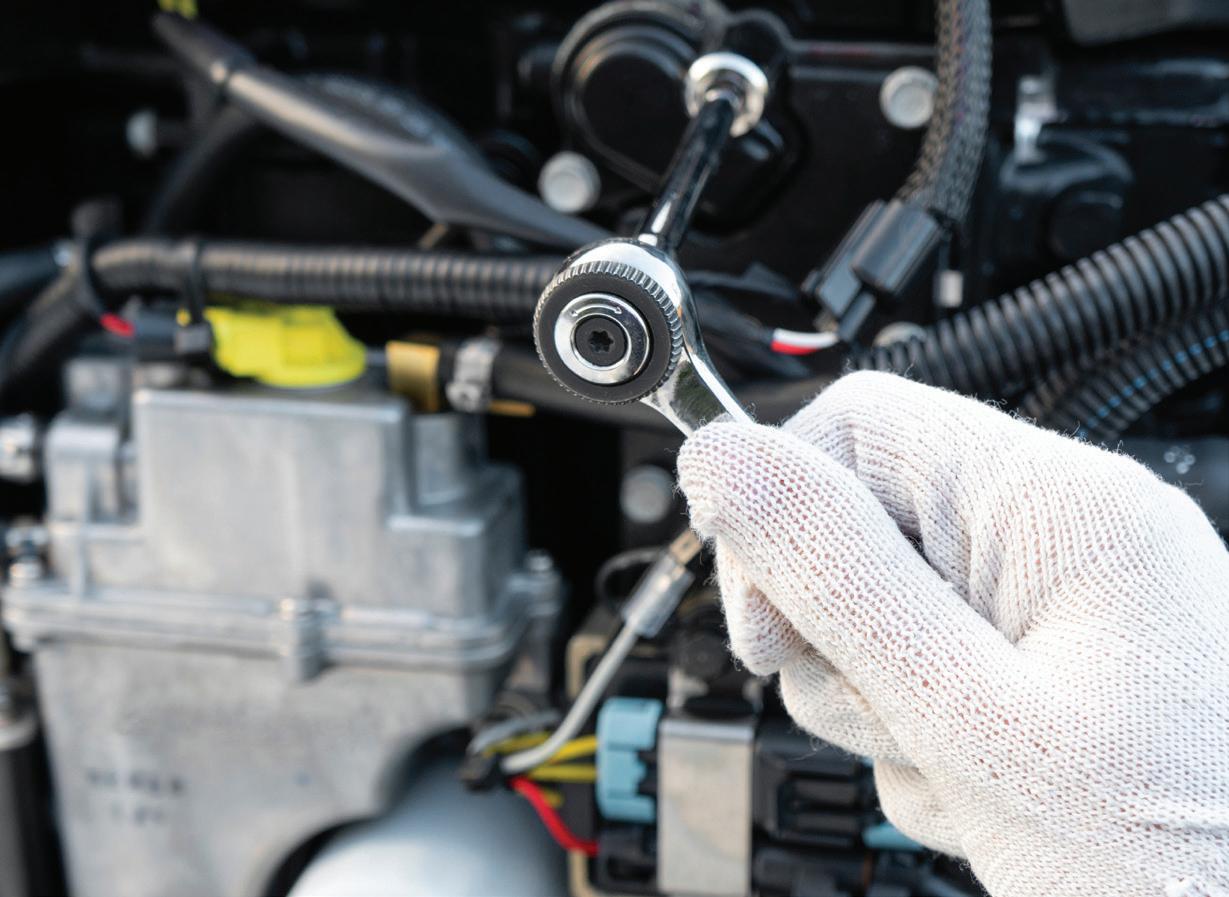 By CAM Sta
By CAM Sta

The Bassmaster Elite Series opens its 2023 season Feb. 16-19 with a stop at Lake Okeechobee. It’s the rst time since 2017 that B.A.S.S.’s top pros have competed at the “Big O,” and depending on the weather, most pundits are predicting heavy sacks from some of the world’s best bass anglers.
Last time Elite Series anglers descended on Florida’s largest lake in 2017, they also shed in late February. A monster 9-pounder turned heads as the big sh of the tournament. Alabama pro Tim Horton topped the eld with a four-day total of 83 pounds, 5 ounces. at’s a better-than 20-pounds-per-day average, which is strong for any shery, but it’s not as good as it gets for this historic big-bass factory.
Back in December, locals Jerod Boltz and Jon Bowman secured the 2022 Roland Martin Marine Center Series Championship with an awesome, nearly 30-pound nal day on Dec. 11. eir big sh of the day was an 8.15-pound Okeechobee giant. ey caught most of their sh on chatterbaits, an Okeechobee favorite, and spent some time shing speed worms and ipping cattails.
With two months separating the Roland Martin event from the Elite Series event, there’s no doubt some things will change, but Florida’s mild winters mean some things will likely remain the same. Okeechobee is typically primed for big sh in the month of February, and there might be some bed shing going on. “Big O” bass will likely be up shallow in all stages of the spawn.
As with any shery, weather patterns have a way of ruining the best laid plans. February fronts from the north are notorious for shutting down hot Florida bass bites in a hurry. Last February, Coastal Angler contributor Capt. Angie Douthit reported consistent action with spinnerbaits, worms and chatterbaits, and said they were also catching sh ipping and pitching.
For more information, go to www.bassmaster.com.


Technical schools charge tens-of-thousands in tuition. With the Mastry Suzuki RePower TTP (Technician Training Program), you will work with and learn from factory certified technicians and participating in the Suzuki on-line training course all while earning an hourly wage. After completing the Suzuki on-line training course and earning your Suzuki Certification you will be eligible for the Mastry Suzuki RePower Tenured Technicians Bonus Program.



Suzuki RePower Tenured Technicians $1-Grand-A-Month








After joining a Mastry Suzuki RePower Center as a certified technician, every month you will accrue $1,000 in bonus opportunity. After one full year of service you will be tenured and eligible to receive all 12 months of accrued bonuses, or $12,000. As a Mastry Suzuki RePower Tenured Technician along with your regular pay, each month you will be eligible for a $1,000 additional bonus.




At every Mastry Suzuki RePower Center, Certified Technicians are held in the highest regard. Join a passionate team of professionals with the common goal of excellence through constant improvement. With 12 locations across Florida there is a Mastry Suzuki RePower Center near you that wants to appreciate you and your abilities.

Mastry Engine Center
Clearwater, Florida 800-545-4574
Twin Screws Marine Fort Myers, Florida 239-330-3387

Innovation Marine Corp. Sarasota, Florida 941-355-7852




Marina One Deerfield Beach, Florida 954-421-2500
Bayfront Yacht Works Sarasota, Florida 941-349-9449
On Site Marine Ruskin, Florida 813-727-5403
Boat Services Group Key West, Florida 305-320-0555
McKenzie Marine St. Augustine, FL 32084 904-770-2488

Lou’s Marine, Inc. Gulf Breeze, Florida 850-932-0701
Atlantic Marine Store Hialeah, Florida 305-826-2202
Custom Marine Service Panama City, FL 850-872-9191


Oyster City Suzuki Apalachicola, Florida 850-653-8030

over to the other side of their head and they spend the rest of their lives looking up with one side of their body at on the bottom. ere are several species of ounder with overlapping ranges. Summer ounder are what northern anglers call ukes, their range in the Atlantic stretches from Nova Scotia down to Florida. Southern ounder inhabit the Atlantic coast as well as the Gulf of Mexico, while Gulf ounder can be found in the Gulf of Mexico from Florida to Texas. Southern ounder can be identi ed by their white underbelly and an absence of the ocellated spots the other two species have. ese spots resemble eyes, which are thought to trick predators. For southern ounder, males don’t grow much longer than 12 inches, while females can reach about 25 inches.
Southern ounder range from North Carolina to Texas, however, they do not migrate besides going o shore for mating and then returning inshore. While inshore, they prefer shallow muddy and grassy ats, where they hide on the bottom and ambush prey.
When the mating season rolls around in late fall and early winter, ounder migrate out of the passes. At the end of winter into early spring, all of the females and some males head back inshore.
Flounder can be caught with arti cial and live bait. Arti cial lures such as jigs, small swimbaits and spoons worked near the bottom can all produce sh. Small live bait works the best, with nger mullet being my personal favorite. Small pilchards, mojarra and mud minnows will also do the trick.
Light tackle is all that is needed to catch them. A small weight, 1-ounce, or so, with a short 12- to 16-inch sh- nder rig works best. A live shrimp on a jig head, such as a Troll Rite, jigged along the bottom can also work great and is a good way to cover more area with a live bait.
Some of the best places to nd ounder are on inlet rock piles and bridge or pier pilings. Cast upstream and work lures downstream, or let your bait dri downstream.
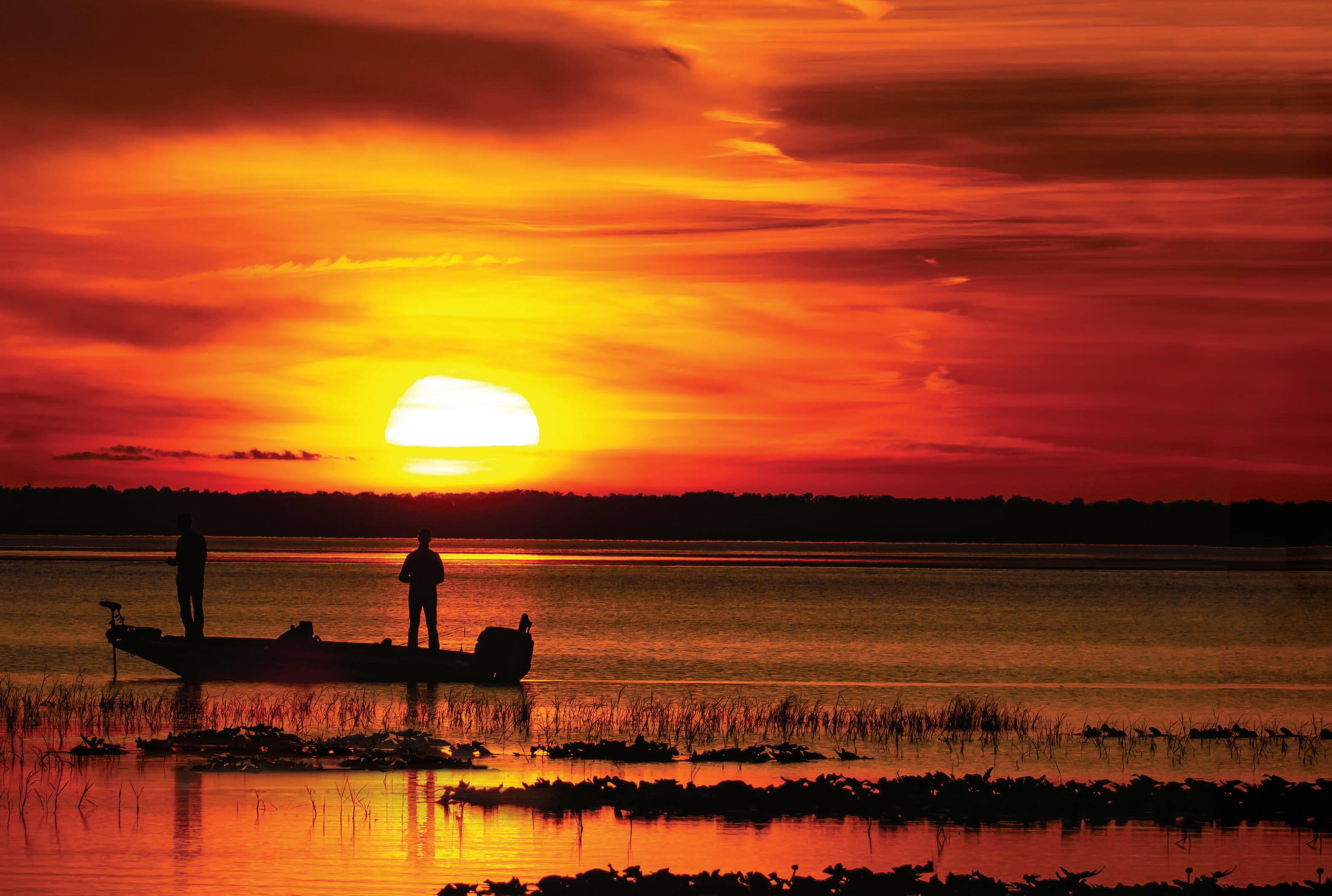
With the cold fading away, so will the ounder, but they return with spring. Many anglers believe the second cold snap is prime time, when southern ounder begin moving through the inlets. e timing varies greatly, but it can be gangbusters in the inlets if you catch it right. Even if you don’t, there will likely be some stragglers moving through.
Flounder are interesting sh. As hatchlings, they swim upright with eyes on both sides of their heads, just like most sh. As they mature, one eye moves
e IGFA all-tackle record for Southern Flounder is 20 pounds, 9 ounces. It was caught out of Nassau Sound, Fla.

Emily Rose Hanzlik holds 56 IGFA world records in various categories. She hails from West Palm Beach, where she has a part time Bow n Guide Service as well as shing classes for Jr. Anglers. Find her on Social Media @emilyhanzlikoutdoors.
It’s 8:17 p.m. Been out on the lake for hours.
But there are more fsh in the water.
And my LBP batteries are still going strong. Maybe One More Cast . . . the offcial battery of “One More Cast...”



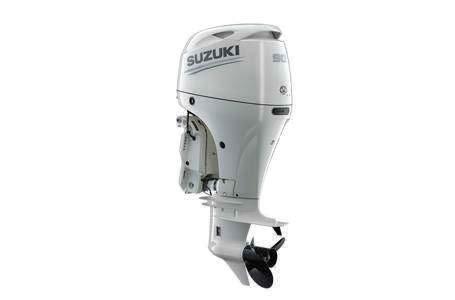

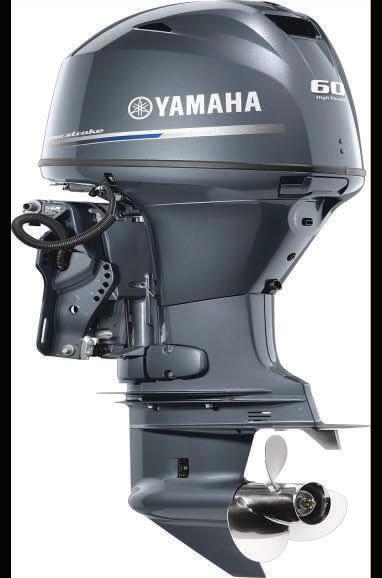





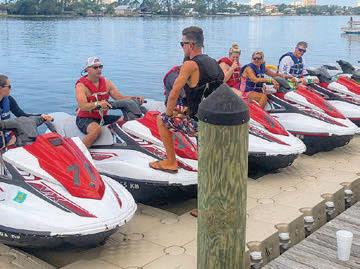
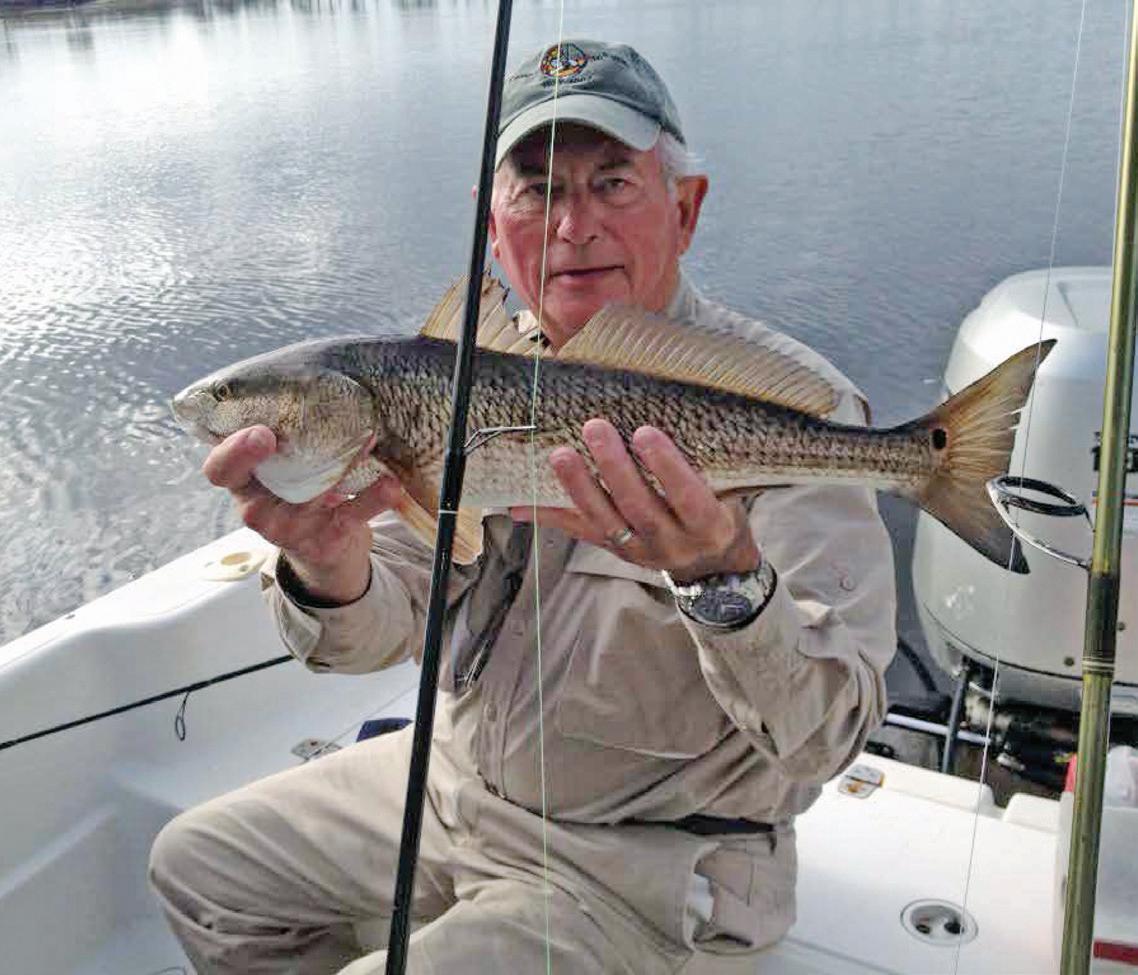
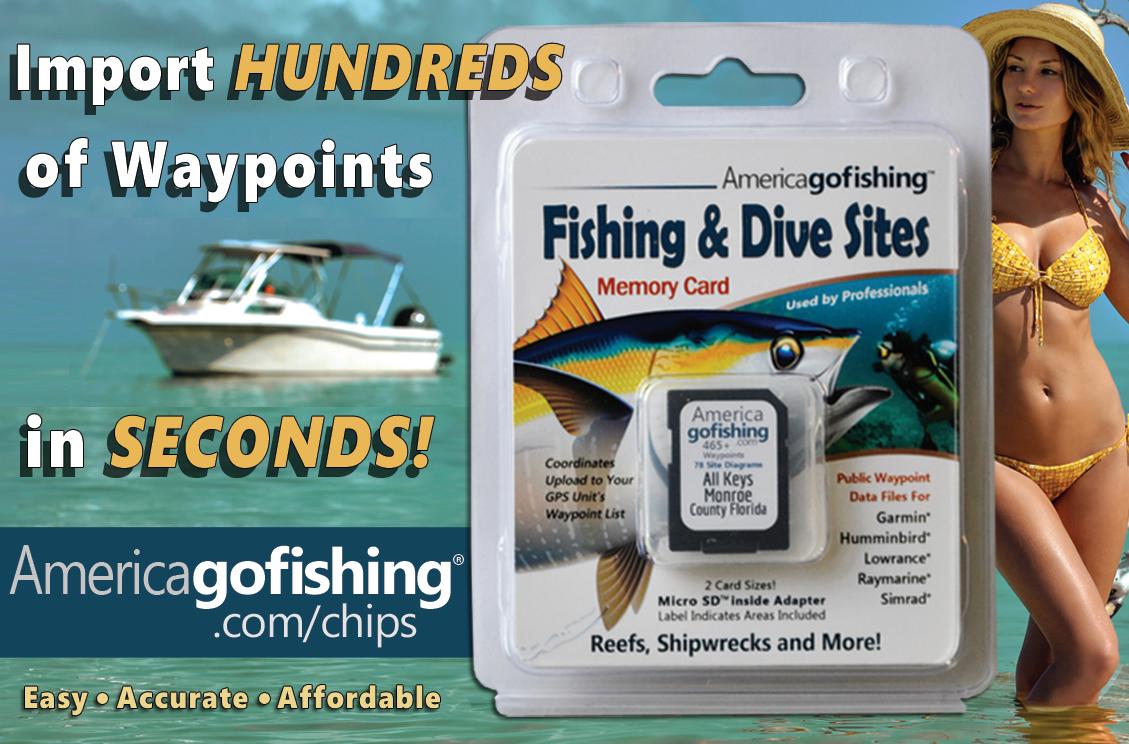

When the chill is on, fishing conditions can be a challenge. Colder temperatures have set in, and low water has made it difficult to consistently catch fish. There are ways to work around these conditions. Starting with areas that fish choose during cold spells. Identifying these areas can make all the difference. I like to start with satellite maps along with local area channel maps to find areas (hard structure, bridges, docks, patch reefs, to name a few) around deeper water. With colder temperatures, fish will relate near these areas because they tend to warm a bit quicker. The nature of these structures provide current breaks. This time of year, current is important, but they definitely don’t want to fight the current. Figuring out how the fish will relate along these stretches is important. They will still face towards the current for feeding opportunities. I like to keep my boat into the current working my presentation with the current. Slowing your presentation can be the key, using heavier jigs or weight can help keep your lure in the strike zone longer. Getting hung up in the structure can be annoying but it can be worth it. Sometimes you almost need to hit these fish in the head to get them to bite. Many times, I will pop my jig and let it sit for a while (15-30 sec), then pop it again. I have caught many fish, mostly Snook, Reds, Grouper, Sheepshead to name a few, using this tech. Once you pop (a quick lift off the bottom) your jig and let it sit, feeling an AWESOME thump can be a huge thrill. The key to all this is slowing down. This time of year bites may be few, but they can produce some seriously nice fish. Good luck and keep casting.
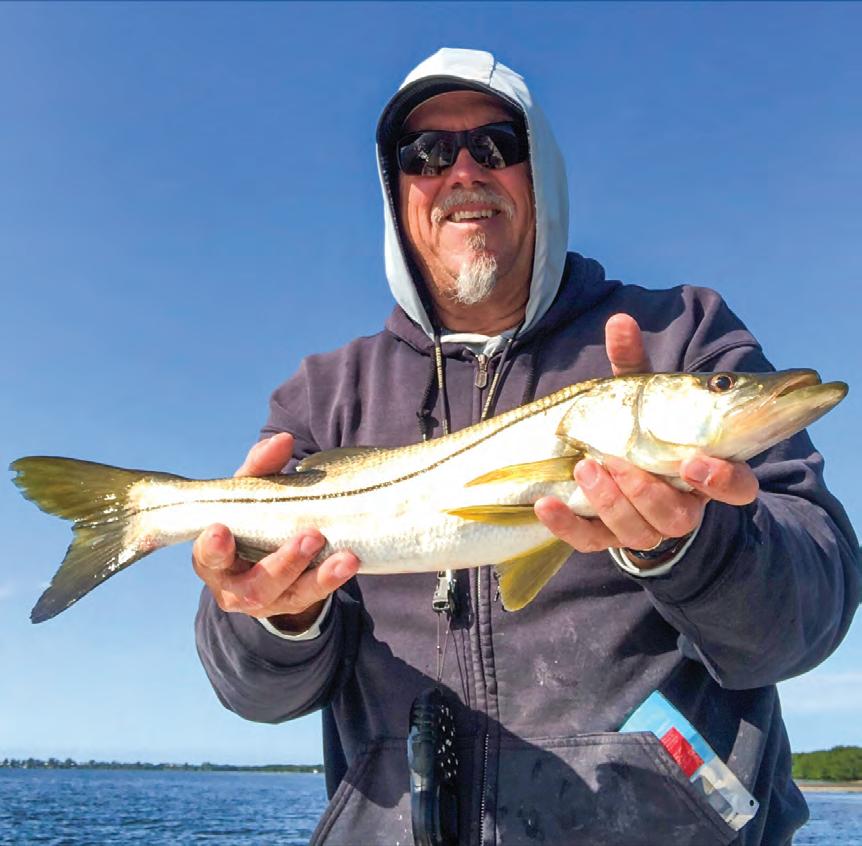

By: Eric Henson
A
thing you are trying to achieve with any artificial bait is the silhouette of a particular bait the fish that they are feeding on at that time to get a reaction. Now, I will say that the realistic look of lures these days’ definitely helps trigger the feeding response of predator fish, but most of the lures out there are designed to catch the fisherman first.
When fishing with artificial bait “lures or flies” you must make sure that you are covering the entire water column. I almost always start out with a Yo-Zuri 3DB Pencil top water in the early morning. They are great for bombing long casts and covering lots of water in the twilight hours when it is a little tougher for you to see everything. If I’m not getting any blow ups on top, I will switch up to suspension baits like the Yo-Zuri 3D Inshore Twitchbait. These will suspend a foot or so below the top and again you can cover lots of area. I almost always use these baits as my fish finders! If it’s a real grassy area I will switch up to the Monster 3X X-TAIL rigged with a 1/16 oz. weedless belly hook. This bait will suspend at different depths depending on the speed that it is retrieved. Finally, a Monster 3X 4 ¾ X-MOVE rigged with a 1/16 oz. open face jig-head. I will use this bait mostly for jigging areas where I have found fish or to pitch at fish that I have actually laid eyes on. The same goes with flies. Gurglers in the early morning, then streamers and weighted flies the rest of the day covering all of the water column.
nyone who knows me will tell you that when it comes to inshore fishing, I am an artificial only type of guy, whether it comes to soft-plastics, hard-baits, or flies. I have full confidence that if you use the right one of these artificial baits at the right time you can trigger almost any species of fish to eat. Fish are opportunist and will eat just about anything that crosses their path in the right circumstances. I’ve even seen redfish caught on jalapeno peppers and snook eat lures hanging in the water on the side of a client's kayak! The mainW hatever you decide to throw on any given day you must have complete confidence in what you are using. Do your best to match what is swimming around you. Then change up speeds on your retrieval and colors until you find out what they are chewing on that day. No matter what, just have fun because if you are out on the water fishing, there could be a lot worse situations!
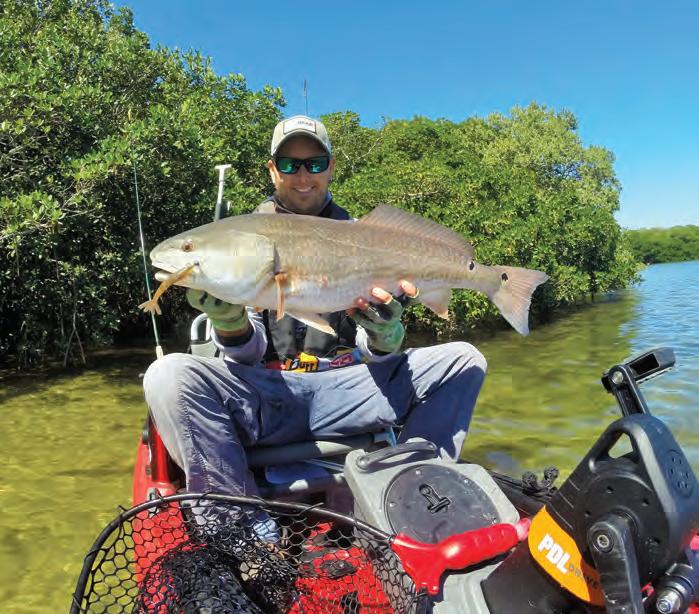

Every Boston Whaler is designed for ultimate load-and-go readiness. With their combination of reliable power, durable construction, and easy cleaning, Boston Whaler takes on rough saltwater with ease while providing family-friendly comforts. From ultimate fishing machine to a beautiful, dry cruise to dinner, Boston Whaler has something to suit your boating needs. Contact us to schedule an appointment with your Authorized Boston Whaler Dealer. Two convenient locations to serve you.
MarineMax Venice: (888) 538-4052 | MarineMax Cape Haze: (888) 714-7324 | marinemax.com


 By: Capt. Bart Marx
By: Capt. Bart Marx
Hello fellow anglers, February 2023 can you believe we’re already into the New Year? This is the time of year that the sheepshead will be all along the coastal docks and close reefs and also the time of year that they spawn offshore. The close reefs that are in forty feet or less would be a great place to start. There are some natural ledges that would hold these convicts. Sheepshead like crustations like shrimp, sand fleas, and fiddler crabs, etc. Use a small hook 1/0 or smaller and a small piece of bait their mouth is small. I like to use a twenty-pound suffix clear mono leader and a one-ounce egg weight with the hook at the end, a knocker rig. I use VMC hooks and suffix fishing line twenty-pound performance braid hi vis yellow. When I tie on my leader I think of a fly rod, I make the leader as long as the rod itself. This way it keeps the hook away from the colored line as not to spook the fish. Doing this same rig in the same areas with live shrimp you may find flounder in the same areas. This also is the time of year that they wander offshore and get along the beaches too. Trout can be found along the bars on the deeper sides searching for unsuspecting bait to ambush. A typical trout rig is a quarter ounce jig head with a shrimp and a popping bobber. Or if you find a hungry school of them you may try some top water lures, like a Zara spook or a devils horse. They will also feed on suspending lures like the catch 2000 or a mirror-dine suspending lure or going back to the popping bobber you may use a gulp shrimp three inch. I buy the three-color tubs they last longer. If you would like to come along with Capt. Bart to learn some of these techniques or you are new to the area and have your own boat, I can come along with you on a training trip. And if you have guests coming from out of state, I have the license and the gear to get the job done!
Alpha Omega Charters | alphaomegacharters.com captbart@alphaomegacharters.com | 941-979-6517




Well fellow anglers, we survived the deep freeze over the holiday season. Then we had the warmest New Years in a very long time. Yes, this plays a big part into why our fishing has been up and down. Our water temps play a very big role in where our fish are, and what their eating. The perfect scenario for this time of year would be mid 50's in the morning, warming to mid 70's during the day. What makes our fishery so tough, is the inconsistency. Our fish like a consistent water temp, whether it's cool or warm. If we continue to have mild cold fronts passing through, we could have some great sheepshead fishing. This is the time of year when these guys school up to spawn. Cooler water temps also play a big role in when they begin to spawn. Look for these well-known bait thieves to start schooling around areas with lots of food. Some of the best places are docks with lots of oyster and barnacles, the older the dock normally is better. Also, deep cuts in the mangroves with hard bottom will hold good numbers of spawning fish. For the guys that can fish nearshore, there's plenty of good sheepshead fishing. These guys will move out to the near shore reefs to spawn. Let's talk baits, well any crustaceans will work. Your best all-around bait is shrimp. Everything eats these little tasty critters. Just remember to keep contact with the bottom, and there's a reason why they have black and white stripes.
If you would like to experience some of Charlotte Harbors finest fishing, give us a call or send an email, our charters are customized to fit your party's needs.


Back Bay Xtremes |Backbayextremes.com 941-916-5769


3:40 1.3 9:23 -0.2 9:35 0.2 7:10 6:18
2:35
Fri 3:22 1.3 4:00 1.4 9:44 0.0 10:34 0.1 7:09 6:19
Sat 4:21 1.1 4:21 1.5 9:58 0.2 11:41 -0.1 7:09 6:19


Sun 5:42 0.9 4:48 1.7 10:03 0.5 7:08 6:20
Mon 7:37 0.7 5:25 1.8 12:56 -0.2 9:50A 0.7 7:07 6:21
Tue 6:20 1.9 2:16 -0.4 7:06 6:21
Wed 7:41 2.0 3:33 -0.5 7:06 6:22
Thu 9:10 2.1 4:41 -0.7 7:05 6:23
Fri 10:24 2.2 5:38 -0.9 7:04 6:24
Sat 2:13P 1.0 11:26 2.3 6:27 -1.0 4:43 0.9 7:03 6:24

1:48 1.6 2:39 1.4 9:09 -0.1 9:19 0.2 7:10 6:18
Fri 2:36 1.4 3:02 1.5 9:32 0.1 10:15 0.1 7:09 6:19
Sat 3:33 1.1 3:29 1.6 9:54 0.3 11:20 0.0 7:08 6:20
Sun 4:49 0.9 4:03 1.7 10:12 0.5 7:07 6:20
Mon 6:59 0.8 4:45 1.8 12:38 -0.1 10:12A 0.7 7:07 6:21
Tue 5:40 1.9 2:06 -0.3 7:06 6:22
Wed 6:52 2.0 3:30 -0.5 7:05 6:22
Thu 8:13 2.0 4:40 -0.7 7:04 6:23
Fri 9:29 2.1 5:37 -0.8 7:04 6:24
Sat 1:21P 1.1 10:35 2.2 6:26 -0.9 4:43 1.0 7:03 6:24
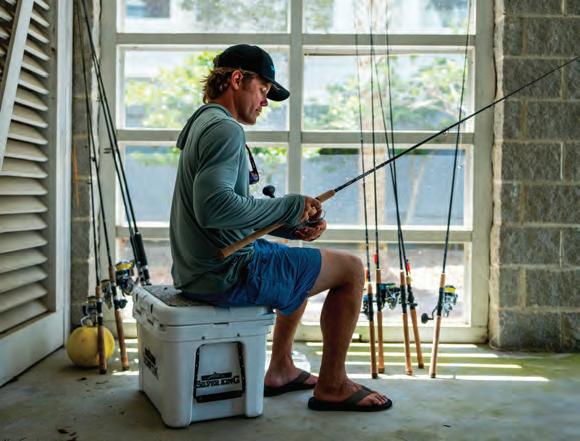

Introducing spearfishing to someone that has never done it before or let alone even heard of it, is always a fun task. Over the years I have been blessed with the opportunity to guide hundreds of divers on their first hunts in the water. The feeling of seeing all the stars aline for someone to shoot their first fish is an amazing thrill. Some divers truly take to it and spearfishing becomes more of a way of life than just a way to put a fresh meal on the table. But of course, this doesn't happen overnight, as much as we wish it could, spearfishing does take a lot of patience and practice. Many people question what spearfishing is, why they should do it, and why I am so obsessed with it. My goal for this article is to answer those questions and help you dive headfirst into the sport that will change your life like it has mine!
Surprisingly many people really don't understand spearfishing or how it is able to be done. The simplest definition, I suppose, would be going underwater and shooting a fish. This really doesn't define the sport well, but many see it this way. Much like running would look silly to someone that does not run. Spearfishing is a way to sustainably harvest fish, but at the core it is much more. It is a form of evolution for an individual, it kicks in primal instincts, it sharpens our minds and strengthens our bodies. Most importantly, spearfishing connects divers with the ocean and the fish that live there. Spearfishermen need to learn about the environment they hunt and the fish they target. So, although spearfishing is a means to harvest fish for food, there is a lot more hidden behind the word!
So why should you spearfish, like it or not you are perfectly designed for it. When you were first born, if dropped in the water, instinct would kick in and you would hold your breath. This is known as a dive reflex and the average newborn can hold their breath for up to a minute. As you become older, this dive reflex is lost and so is your breath holding ability. Through training and practice you can learn to find this dive reflex and kick it into action when spearfishing. This is no secret, there are now many agencies offering training and certifications for freediving. All of these courses focus on diver education and safety, helping you devel-
By: Capt. Tony Young
op the skills that you were born with in a safe manner. Furthermore, spearfishing will heighten your senses and you will become more aware about your surroundings. You will notice small changes on the reef while diving and be able to predict fish movements before they happen. These heightened senses gained through spearfishing can help you in many other aspects of your life. Spearfishing is a passion driven sport. You do it because you need it, love it, and long for the time in the water. You've heard of the high that marathon runners get, well landing a nice fish that you have worked hard for is just the same if not better! These are all reasons why so many divers love to spearfish and why you will as well.
We all have our passions and obsessions in life. For me it is spearfishing, for you it may be something else. What I love most about spearfishing is how it has driven me year after year to evolve and become better. To be in better shape, eat healthier, learn more about the fisheries, be engaged in conservation, advocate for fisheries, the list goes on. There is always a next level, a more challenging fish to hunt, a new spot to dive, or new obstacles to overcome. As you grow in this sport, you will also grow as a person, this is why I believe so many divers have turned spearfishing into a way of life, rather than just a sport. However, you land in the ocean, be open to spearfishing and all that comes with it! You might just find a hidden obsession that you never knew existed!


A lthough most of us have seen or heard of spearfishing, many of us do not see it in the ways described above. Spearfishing is much more than just a way to harvest fish, it's something that we are all built for, and many of us can't live without it! The next time you load up the boat to head offshore, think about dropping below the surface. Think about taking a class, or a charter, to learn more about spearfishing.
If you currently dive, think about how you can become better, both for yourself and for the fish. Be more selective, seek larger and more challenging fish, aim for better shots and stronger dives. Remember that every time you drop below the surface, you are one of the few in the world to do so. Very few people ever see below the waves, let alone harvest fish in this manner. This all makes the success and memories that much more meaningful. Dive Safe!





For some anglers like myself, the thrill of saltwater fishing brings joy to the fishing community, but it doesn’t stop there. For many, freshwater fishing can bring great excitement and achievements as well. In fact, many professional anglers out there make full time careers in the freshwater fishing industry, such as competing in tournaments, especially for bass. It also provides opportunities for tourism and just exciting, hands-on outdoors time for all.

There is quite a variety of freshwater species that are popular to fish for, depending on what region you are in, but a pretty popular species is the peacock bass. South Florida hosts a great selection for finding these fish and many can be found in canals, lakes, ponds, etc. These gosh definitely tend to put up a good fight and can be strong for their size. A great fishing memory of mine consists of fishing this lake local to me, where it was stacked with peacock bass. You could see them swimming along the bank everywhere, as the population was quite abundant here. Using live shiners and cichlids, we would toss them along the bank, near the rocky culvert, and the bait would immediately get eaten up, every single time. With this being my first-time peacock fishing actually, I was quite impressed at the crazy fast bites and immediate catching. We seemed to be ripping them up one after another, and on my second bite, I hooked into a big one, pulling the drag and running off. After getting it in, I can see quite the size difference compared to the one I had just caught 30 seconds before. It’s definitely a cool feeling when others in the group say they have been peacock bass fishing for years and have never seen one that big, so I was pumped! Getting those couple pics are key for the memories and sharing, so, we take a couple photos and get ready for the release. The fish swims off strong fairly quickly and we get ready to throw another bait in. I believe this trip we went through 20-30 baits within a 5-10 minute span, so we can definitely say it was a good fishing trip! As someone who would identify as a saltwater angler, it can be interesting to change things up sometimes and head towards those freshwater spots. If you are more of a saltwater fisherman, I encourage you to get out there and get your hands on a peacock bass!
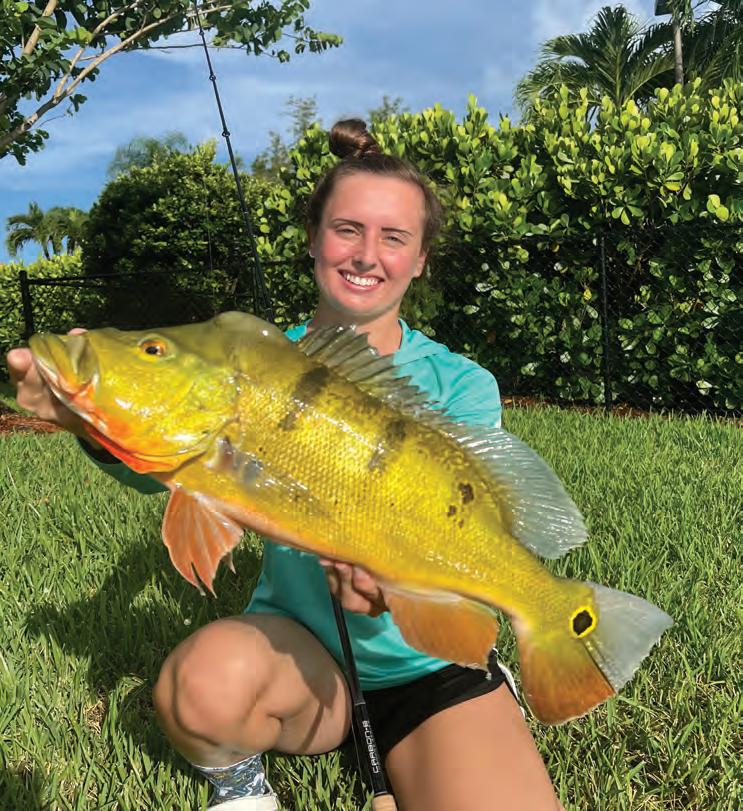
Even if you take precautionary steps to avoid it, sometimes you might hook a bird by accident. That’s when it’s important to remember—don’t cut the line and let the bird fly away with it attached. This will lead to entanglement, resulting in death of that bird and possibly others as well. Instead, follow these simple steps to unhook the bird: Reel. Remove. Release.
1. Wear safety glasses and enlist a partner for help.
2. Reel the bird in slowly and lift it from the water using a hoop net. Even a large pelican weighs only 4-8 pounds
3. Grasp the bird by the head just behind the eyes and fold the wings against the body. For pelicans, hold the beak, keeping the mouth slightly open so it can breathe. Cover the bird’s head with a cloth to keep it calm.
4. Never pull the hook out but carefully push the end through the skin, cut off the barb and back the hook out using pliers or clippers. If the bird is entangled, remove all line.
5. Release the bird (if healthy) by placing it on the ground near the water and allowing it to take off.

6. If the bird has swallowed the hook or is severely injured, contact a local wildlife rehabilitator from the list at MyFWC.com/unhook.


1. Don’t feed the birds, which teaches them to approach where they are more likely to be hooked.
2. Dispose of filleted bones where birds can’t get them—in a trash can with lid or at home. Bones of a filleted fish will become lodged in or tear throats, stomachs and intestines leading to the death of that bird .
3. Cover bait buckets and take unused bait home. 4. Dispose of fishing line in a monofilament recycling bin or cut into small pieces and place in the trash. 5. Don’t leave your line unattended. 6. Cast carefully to avoid hooking a bird in flight or being snared on trees, bridge pilings etc.

7. Help others learn what to do when they accidentally hook a bird. It’s pretty easy, once you know how.
8. Sponsored by Friends of the Pelicans, Inc. More detailed information can be found at facebook.com/ friendsofthepelicans.
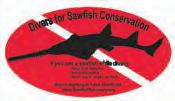
 by Tonya Wiley, Havenworth Coastal Conservation
by Tonya Wiley, Havenworth Coastal Conservation



The population of smalltooth sawfish (Pristis pectinata) in the United States was once found in coastal waters from Texas to North Carolina. However, smalltooth sawfish populations declined dramatically during the second half of the 20th century due to the loss of important nursery habitat from coastal development and decades of mortality in both commercial and recreational fisheries. Smalltooth sawfish are now found mostly in Florida, and regularly found only in southwest Florida around Everglades National Park. In response to the dramatic reductions in both their numbers and range, NOAA Fisheries listed the U.S. population of smalltooth sawfish as an endangered species under the Endangered Species Act (ESA) in 2003. The goal of the Endangered Species Act listing is to recover the population to the point that it no longer needs the protections of the ESA. After the listing NOAA Fisheries developed a plan to recover the U.S. smalltooth sawfish population. Published in 2009, the plan recommends specific steps to recover the population, focusing on (1) educating the public to minimize human interactions with sawfish and any associated injury and mortality, (2) protecting and/or restoring important sawfish habitats, and (3) ensuring sawfish abundance and distribution increase.
Newborn sawfish, like many other marine species, use specific habitats referred to as nurseries to protect small sawfish from predators and provide ample food for quick growth. Young sawfish often rely on shallow estuarine habitats fringed with red mangroves, but development has changed or destroyed much of this habitat which potentially affects in which areas sawfish can give birth and the juveniles can survive. Protecting these nurseries is vital to the recovery of the species so NOAA Fisheries designated two areas as Critical Habitat for juvenile
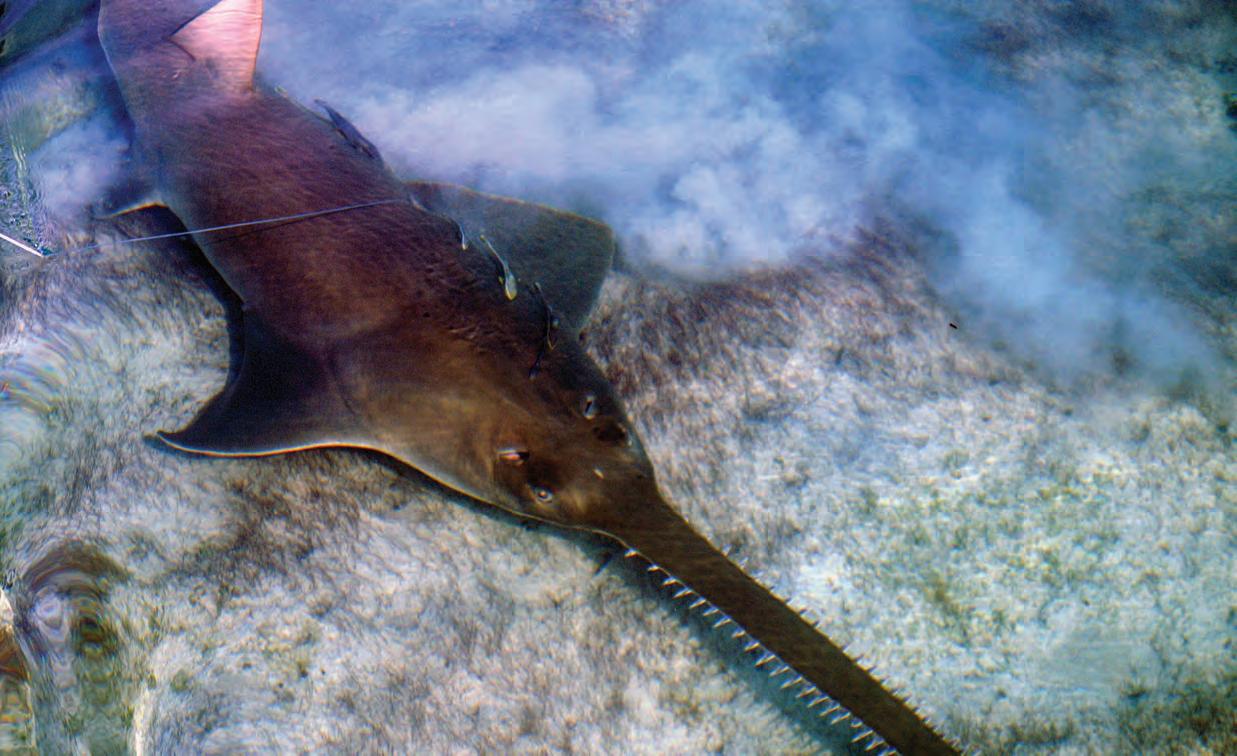
sawfish in 2009: one in Charlotte Harbor and one in the Ten Thousand Islands/Everglades. It is important to note that the designation of an area as critical habitat does not create a closed area, marine protected area, refuge, or other conservation area. However, it ensures that federal agencies that undertake, fund, or permit activities that may affect these designated critical habitat areas are required to consult with NOAA Fisheries to ensure that their actions do not adversely modify or destroy the designated critical habitat.
If you see or catch a sawfish, note its estimated total length, and the date, time, and your location with GPS coordinates if available. Scientists use your sawfish encounter data to track recovery of the population, and steer research and conservation efforts. Please share the information by visiting www.SawfishRecovery.org, calling 1-844-4SAWFISH, emailing sawfish@myfwc.com, or entering the details in the FWC Reporter App.
For more information about current sawfish conservation and research in the United States visit www.SawfishRecovery.org or call 1-844-4SAWFISH.








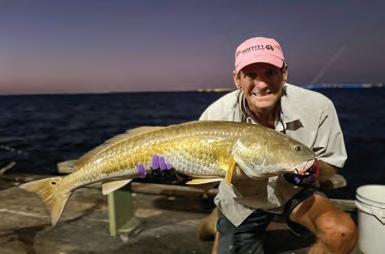



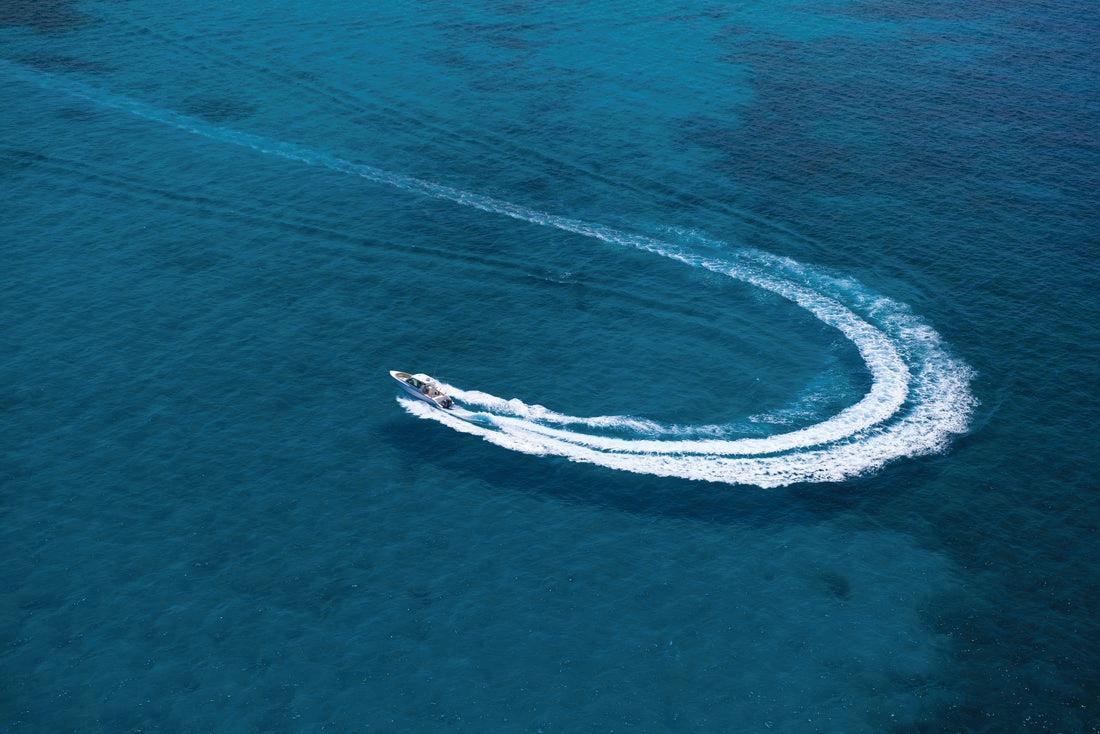






Over the next few months, waves of sh will ood the shallows to spawn. is presents the opportunity to catch some monster bass, and a plastic worm is always a main player for me when it comes to the spawn.


A Texas-rigged stickbait is a very common technique, but many people use it ine ciently by casting to a lot of dead water. I try to maximize productivity by casting to high-percentage targets. I focus on isolated cover. In the South, this could be small patches of grass and groups of pads, where spawning females are hidden from the naked eye. In other parts of the country, the structure might be wood or rock. Make multiple casts and work these areas slowly. I use a bigger-style stick bait, normally in the 6” version. Darker colors like a black and blue tip are my go-to. I use lighter 1/16- or 1/8-ounce weights to keep the bait looking natural. Use heavier line to cast around thick cover for large sh, but avoid braid which might be visible to sh in shallow water. I like 17- to 20-pound uorocarbon.
When I want to cover more water and locate sh, slowly reeling a big speed worm-style bait works great. e vibration the tail gives o drives sh crazy. It’s an awesome way to nd sh before slowing down to pick the area apart. I like darker colors like a junebug when the water has some stain and gravitate to more natural green pumpkin with some ake when the water is cleaner. I use ¼- to 1/8-ounce of weight and 15- to 17-pound uorocarbon.
A wacky rig is also e ective when sh are shallow. I sh it just like the Texas-rig in isolated cover, but I sh it weightless. is is great for heavily pressured sh. I use lighter line in the 10- to 15-pound range and a spinning rod for a wacky rig.

Flipping a worm is the last technique I will cover. is allows you to put a bait in places other styles don’t allow and e ciently pick apart heavy cover. I use a large Senko-style so plastic, and braided line is a must. I like 3/8 to ¾-ounce of weight, depending on the thickness of the cover. Remember, the only way to set yourself apart is to slow down and put your bait in places nobody else has.
Except for the wacky worm, rod and reel choices for each technique are similar. I like a longer 7’6” medium-heavy to heavy action rod for most worm shing. e 13 Fishing Omen Series has a few rods that are perfect for the job. I use a faster-speed reel like the Concept A 7:5:1.
For the wacky worm, I like a 7’ 3” spinning rod in medium-heavy. A reel with good drag is important, and I’d recommend the Axum from 13 Fishing.
Tyler Woolcott is a professional tournament angler and guide. Check out his website at www.tylerwoolcott shing.com.


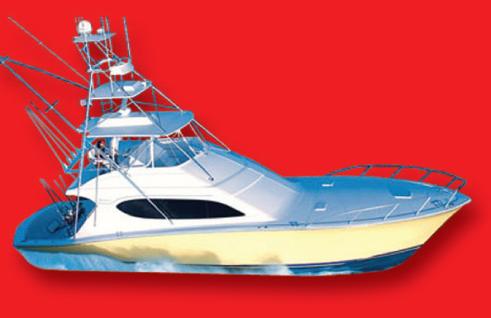






















Since 1990, CraigCat has offered big performance in a compact, easy-to-use package! Their (DSTS) Dynamic Sport Tuned Suspension system, and (CHD) Calibrated Hull Design give you the smoothest ride and high-performance fun that no one else can duplicate, even in less than favorable conditions. Their (ASC) Automatic Stability Control gives the driver and passenger confdence in almost any conditions.





Whether it is fresh or saltwater, fshing or sightseeing, CraigCat has the right model for you! They have taken the CraigCat to a whole new level with the exclusive package. Loaded with amenities, the CraigCat E2 Elite features a premium JBL highdefnition sound system with USB and Bluetooth connectivity, custom deluxe bucket seats, full-width composite storage compartment, convertible Bimini top, ion docking, NAV, position, and LED courtesy deck light. They offer a wide range of accessories like the very popular GPS navigation system with down imaging sonar, wing storage racks for additional storage, polished stainlesssteel propeller, and the list goes on.

Portability is a big thing when it comes to boats. Not only is a CraigCat very portable with a total weight of 550 pounds, practically any car can tow a CraigCat with the combined weight of 800 pounds, boat and trailer. High quality and great value are what you get with a CraigCat.

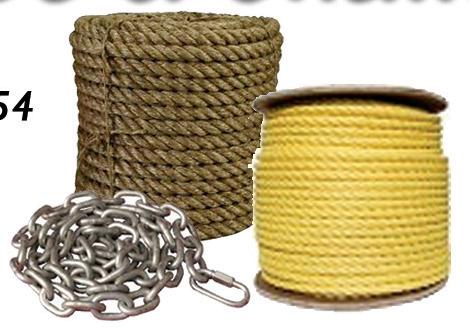
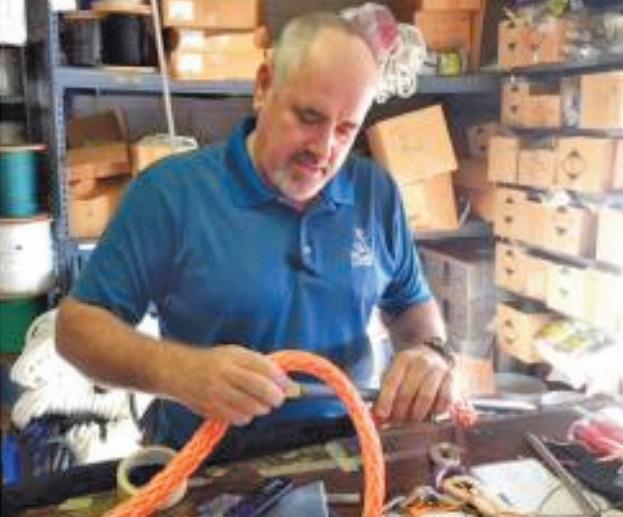





With costs sky rocketing out of sight in the marine business, the CraigCat is very affordable. The E2 Elite 25hp model complete is only $13,485!

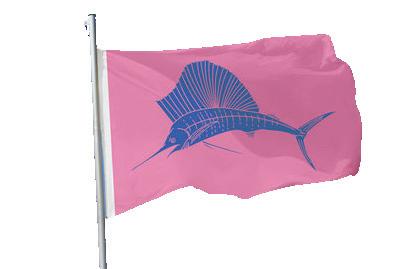


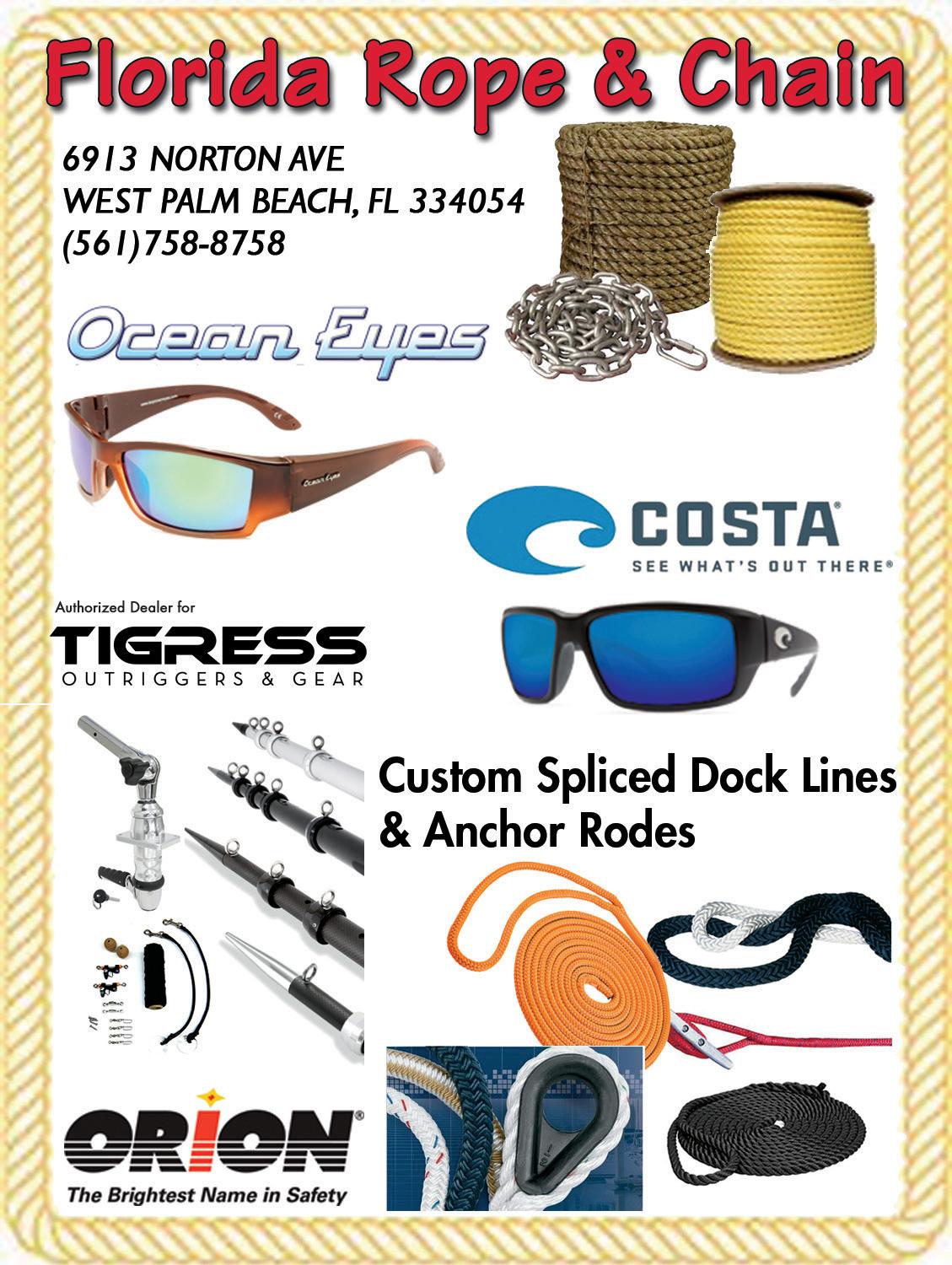



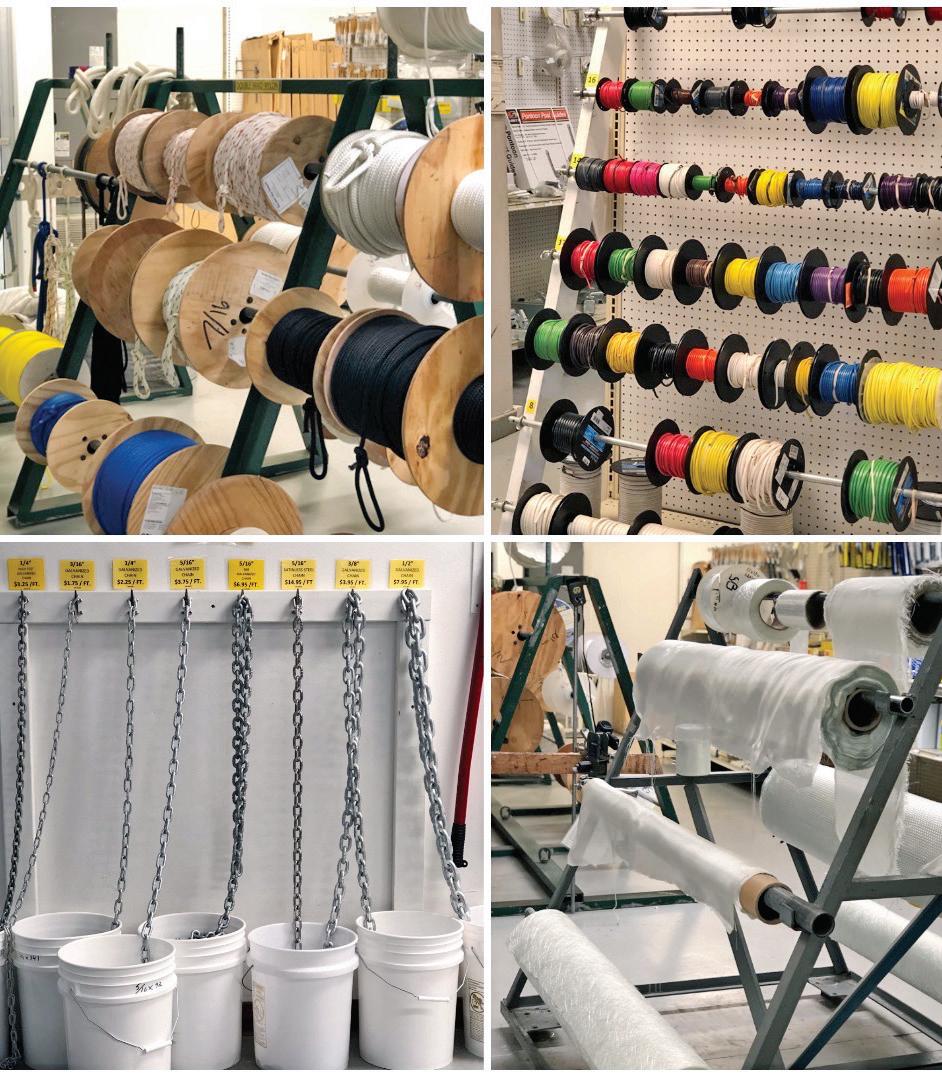
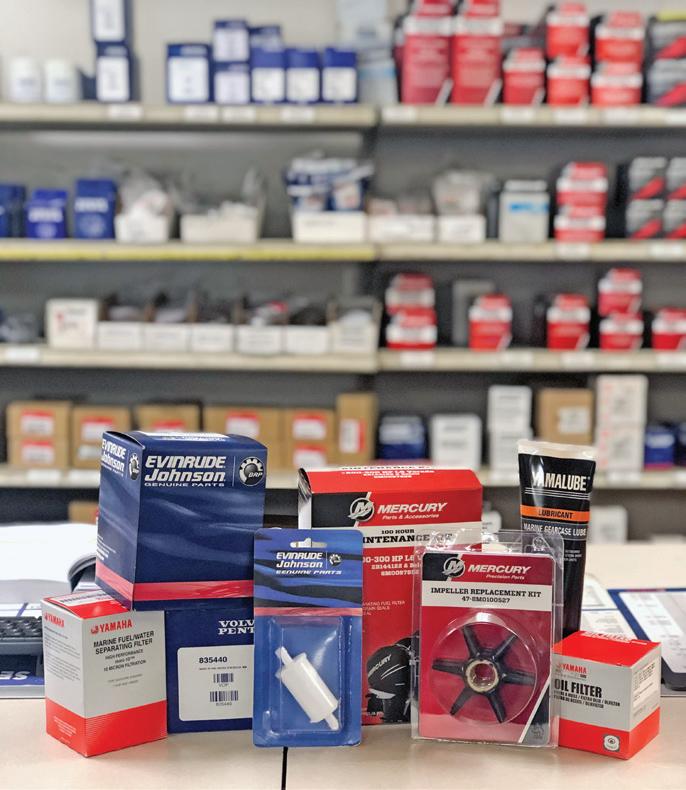













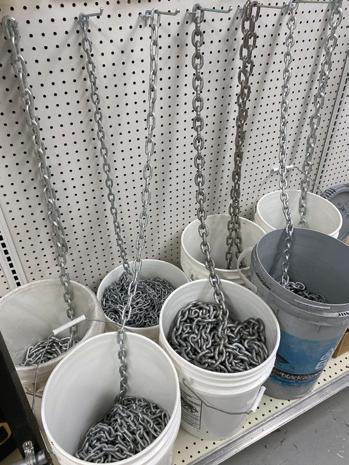



Here’s a memorable beach moment: You’re basking in the warm sun, toes in the sand, letting the gentle turn of the foam-capped waves lull you into a state of complete relaxation. As your eyes scan the endless horizon of blue on blue, you’re rewarded with a school of dolphins making their way across the sea. There’s no denying their signature shape as they leap from the water. If you don’t see anything else extraordinary the rest of the day, you can take solace knowing you’ve witnessed one of nature’s most playful and intelligent creatures in their natural habitat.
Why not re-create that special toes-in-the-sand moment with our Blue Topaz Dolphin Pendant? The beloved sea mammal has been captured mid-jump in sterling silver. And, tucked into its fins is a full two carats of shimmering blue topaz. Nothing captures the shimmering color of the ocean in the midday sun like blue topaz. With its sparkling clear blue color and high refractive index, blue topaz is one of the top-selling blue gemstones. And with our special price, you have quite the catch. Satisfaction guaranteed or your money back. Enjoy the Blue Topaz Dolphin Pendant for 30 days. If it doesn’t pass the test swimmingly, send it back for a full refund of the item price.
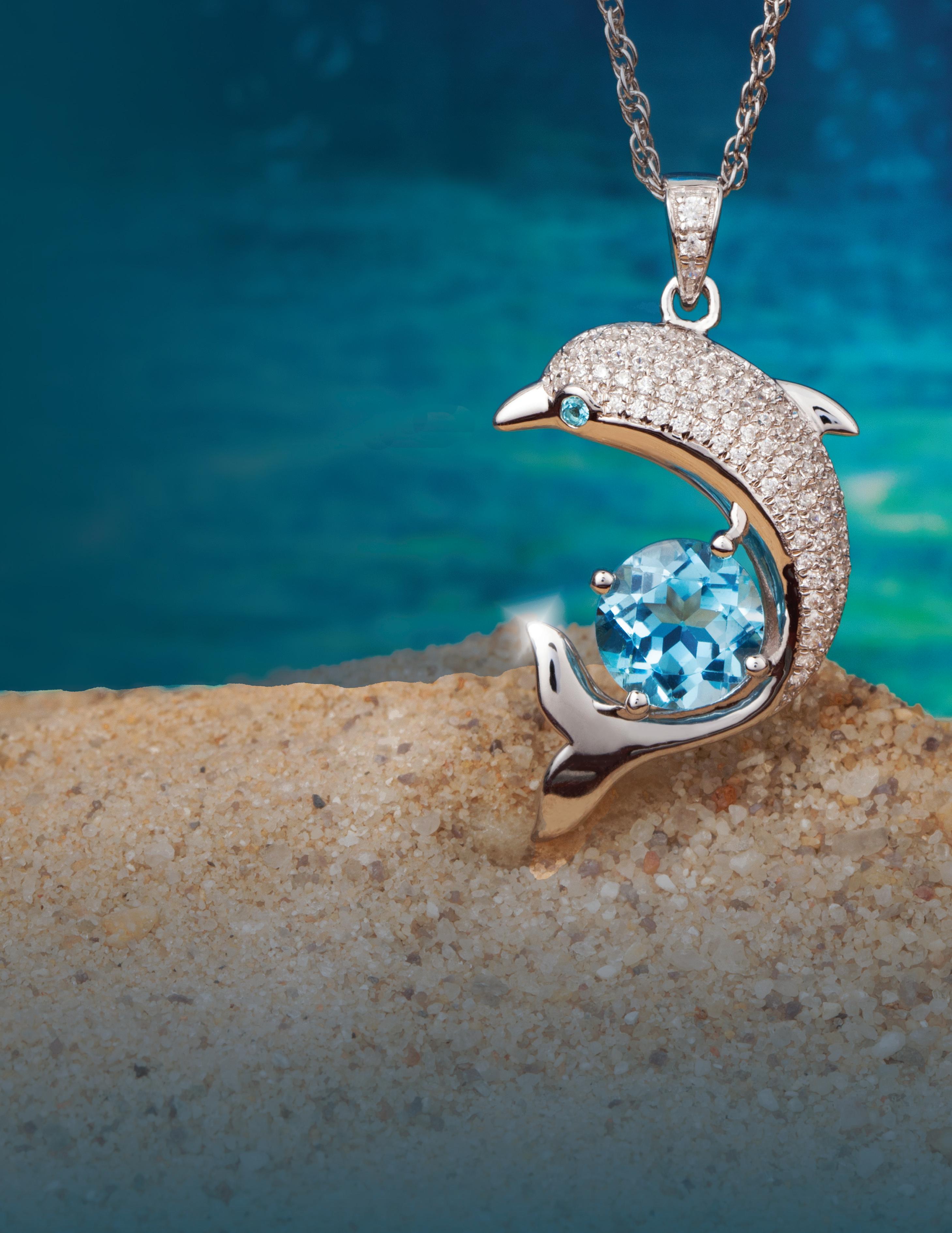
Limited Reserves. A full two carats of genuine blue topaz set in sterling silver for this price is as rare as a dolphin sighting. We cannot guarantee availability for long. Call today!


Stauer… Afford the Extraordinary ®



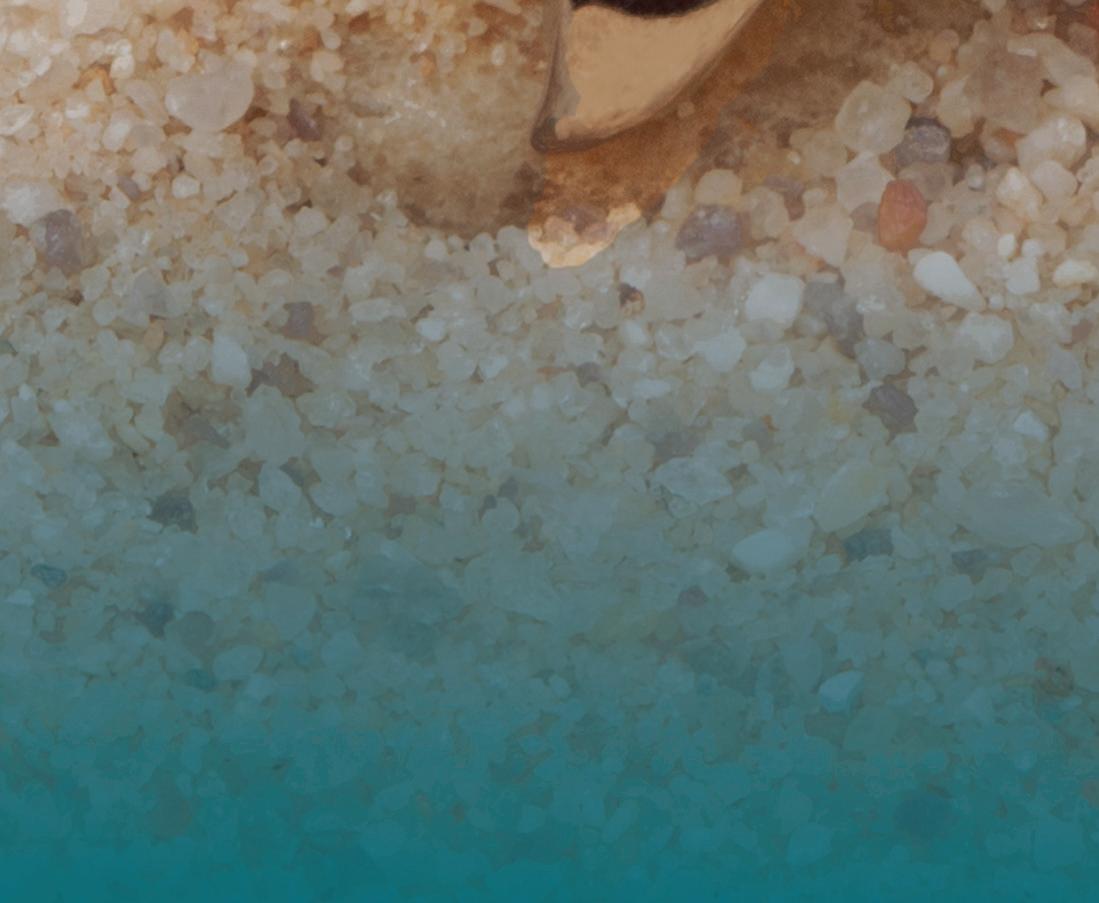
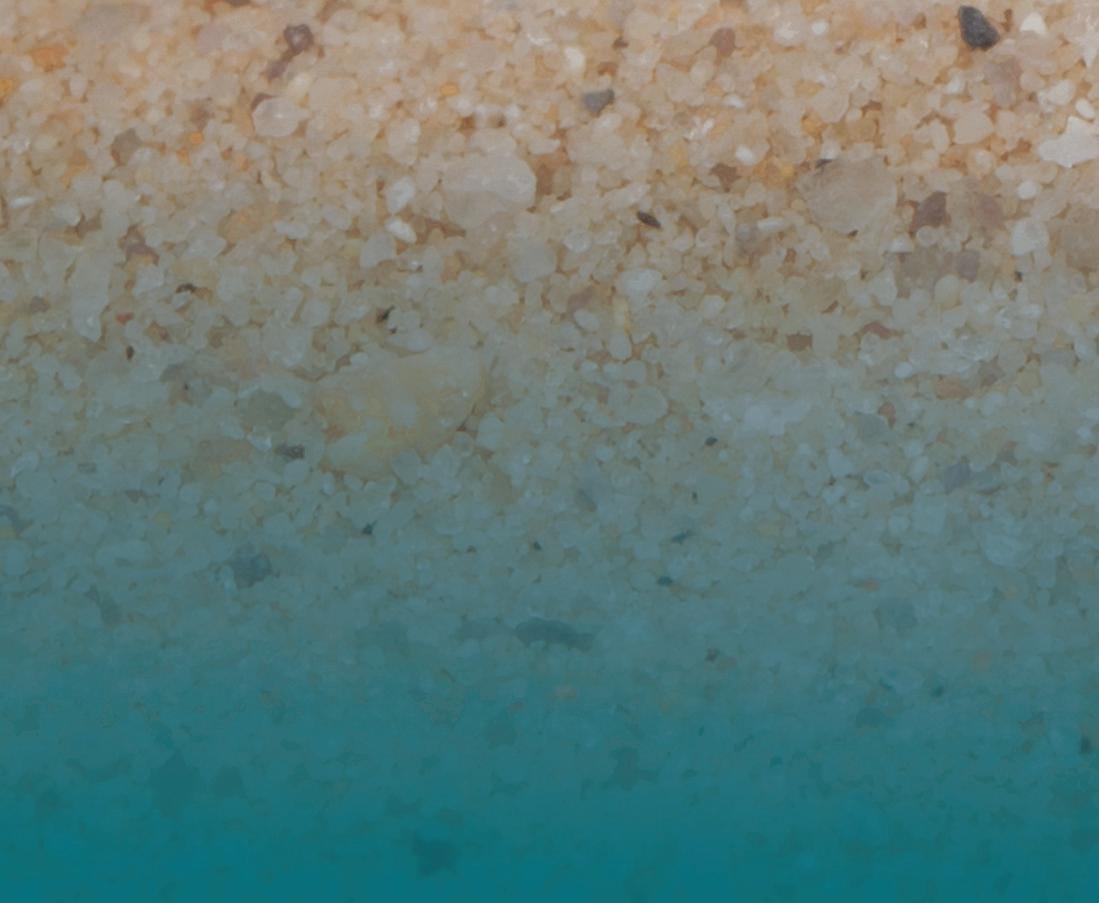

The 2023 Academy Sports + Outdoors Bassmaster Classic—widely known as the “Super Bowl of Bass Fishing”—will be held March 24-26 in downtown Knoxville, Tennessee and on the University of Tennessee Campus.
e Bassmaster Classic is one of the world’s most prestigious championship tournaments and pits 55 of the world’s best bass anglers against one another for the title of Bassmaster Classic Champion. e Classic is a catch-and-release event, with bass being returned to the shery under the supervision of the TWRA.


Daily takeo s will be from Volunteer Landing on the Tennessee River in downtown Knoxville each competition day, and weigh-ins will take place in the ompson-Boling Arena on the University of Tennessee campus. e fan favorite Bassmaster Classic Outdoors Expo will be held Friday through Sunday, March 24-26 in the Knoxville Convention Center and the adjacent World’s Fair Exhibition Hall.
All activities and venues are free and open to the public.
For more information, visit Bassmaster.com.





C-Hawk Boats has made a name for itself among boaters who want no-nonsense, custom-purpose vessels that are designed to perform and built to last. Owner Brad Grubbs said their C-Hawk 25 Center Console is an endlessly customizable boat that has gained a lot of fans among charter captains who fsh them hard every day. “We have 10-plus guides using them on the west coast of Florida,” he said. “In Georgia and South Carolina, they’re using it as a small passenger ferry. In Chesapeake Bay, it’s a crab boat.”




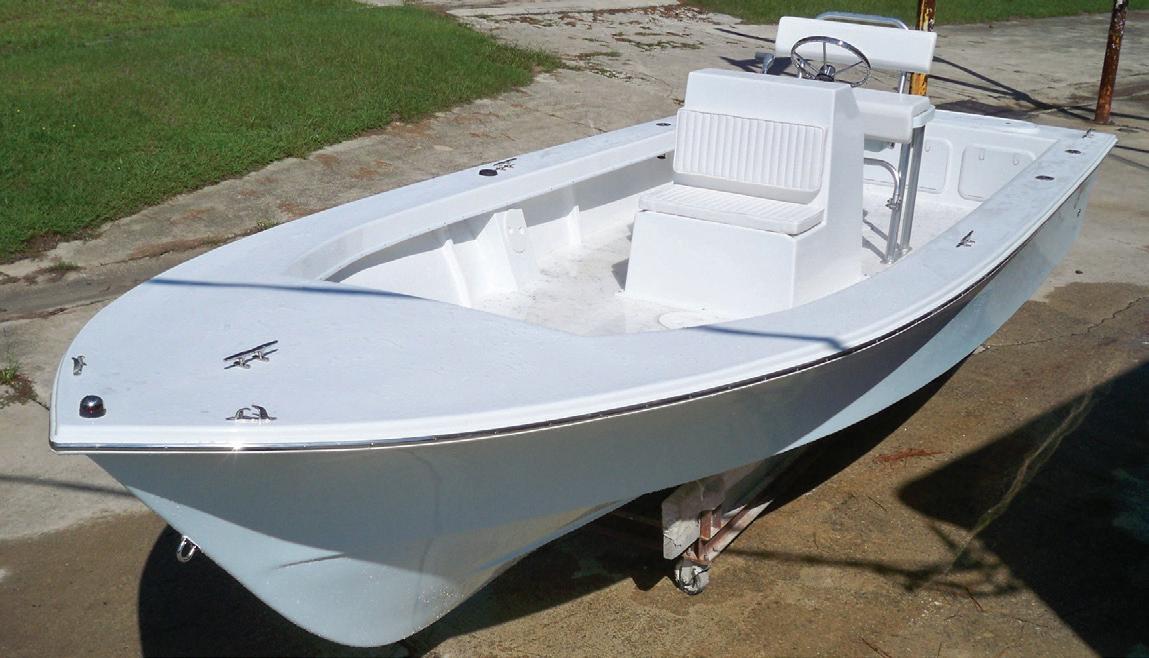
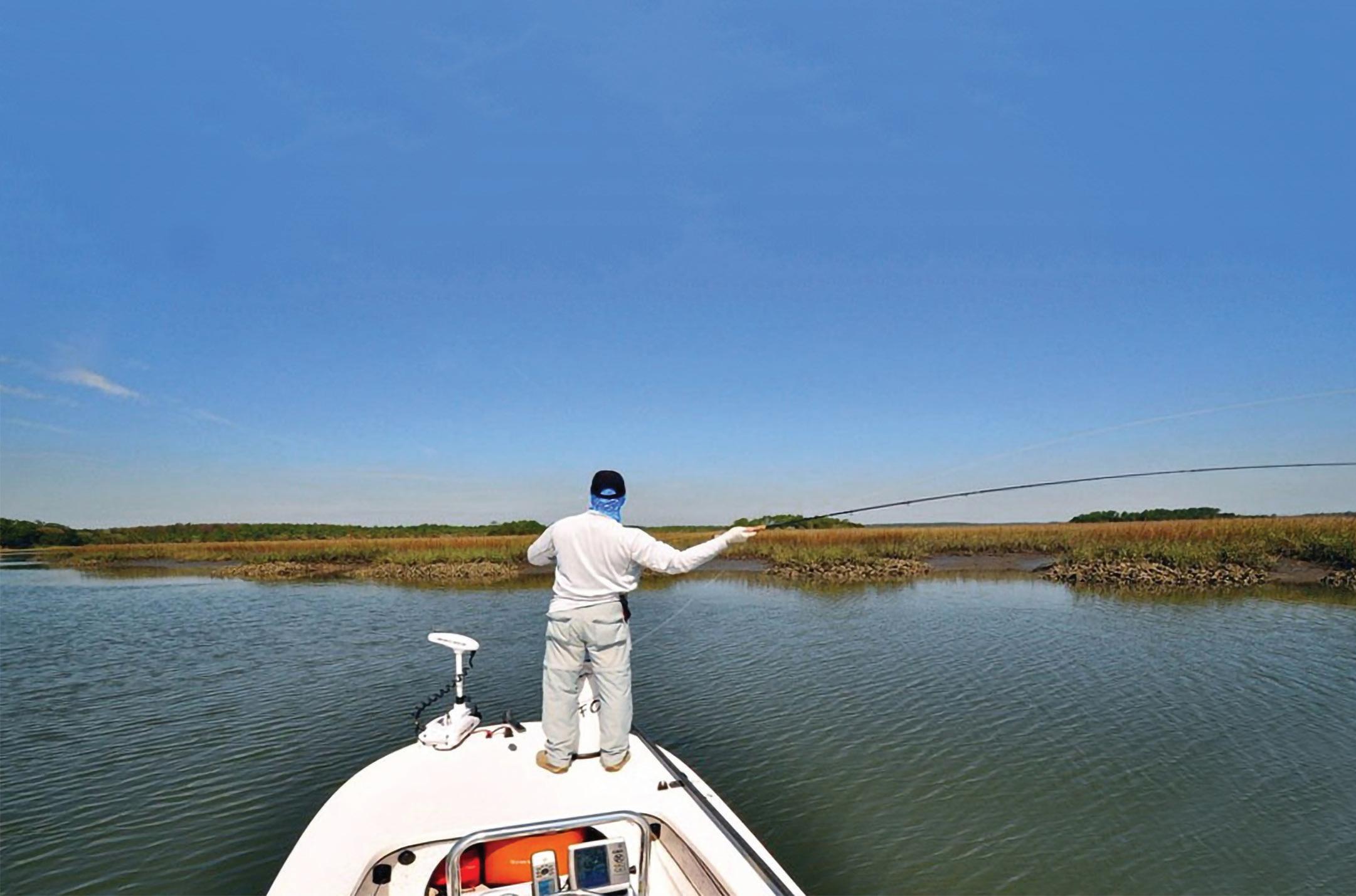
At its core, the C-Hawk 25cc is a hard-core workhorse with a 300 horsepower maximum that will take you anywhere you need to go. Its 9’6” beam allows it to foat in very skinny water with just a 12” draft, and it is also extremely stable, which should appeal for bottomfshing, diving and any other pursuit where a stable platform is preferred. Whatever you plan to do with it, all C-Hawk boats are built battleship tough to commercial-application standards. They are designed to withstand hard use for years of trouble-free boating, and you can customize your C-Hawk from the factory in any way that suits your purpose.
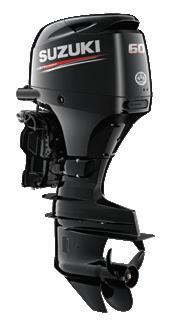


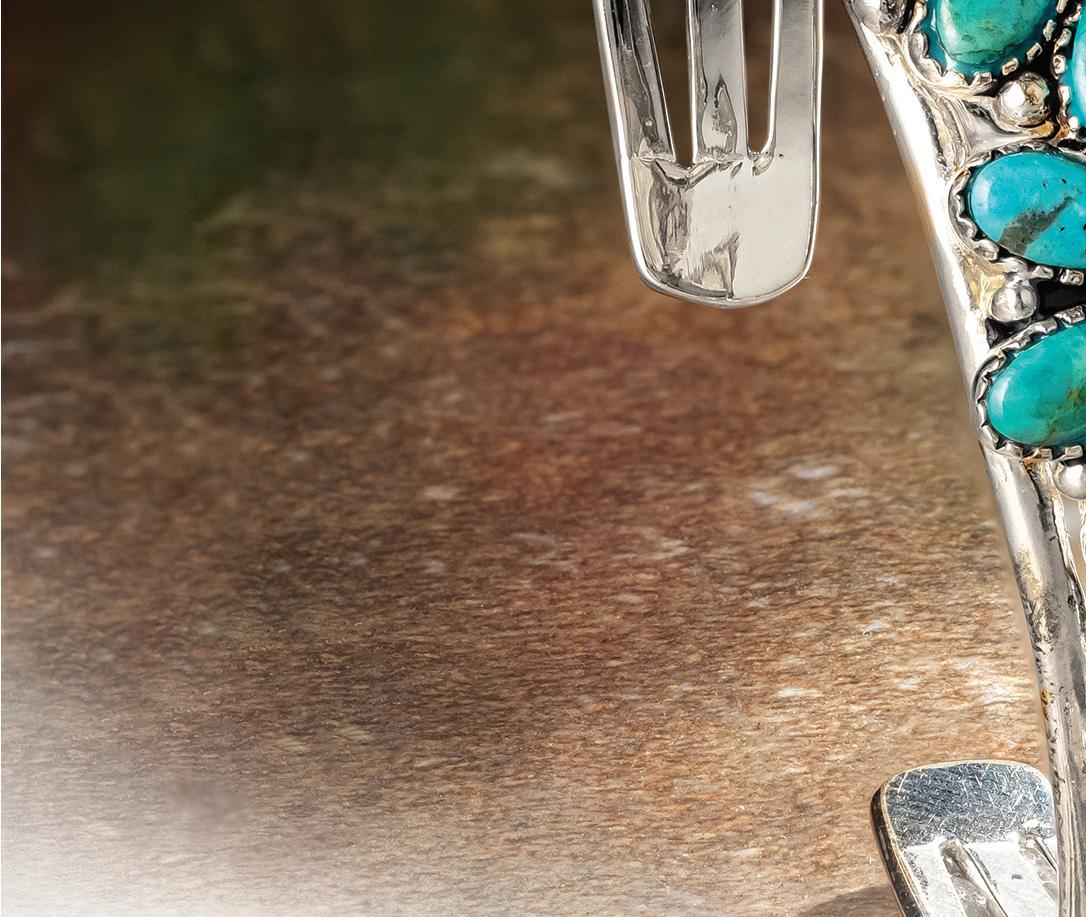
“We can mix and match consoles, fsh boxes, full transoms, cut transoms, bare hulls… you name it,” Grubbs said. “There are some recreational guys adding towers and sight fshing for cobia, and such. Everything we do is built around keep it simple, keep it effcient, keep it easy to maintain, keep it cost effective to own and operate. They are all unique… no cookie cutter trailer queens here. The 25 is a great example of what C-Hawk is.”


Old Pete was a retired stuntman bursting with stories. There was the time he stared down a grizzly bear. There was the time he won a competition and got to kiss a Hollywood starlet as the prize. And there was the time he got into a fistfight with the Duke. Many stories. Some were probably even true. I know two things for sure: that he had an excellent collection of turquoise and that he owed me for a poker game he lost. The last time I saw him, he opened a drawer and pulled out a collection of beautiful Navajo turquoise jewelry to repay his debt. Pete’s jewelry inspired our Tucson Sun Turquoise Collection. This jewelry set features turquoise that’s been gently enhanced to bring out its finest shades in a Southwestern motif. Finished with oxidized silver, this jewelry set captures the beauty and mystery of the Arizona desert. The rarest and most valuable turquoise is found right here in the American Southwest, but the future of the blue beauty is unclear. I recently spoke with turquoise traders who explained that less than 5% of turquoise mined worldwide can be set into jewelry. Once thriving, many Southwest mines have closed.
But Stauer saw this coming and is now one of the largest owners of gem-grade turquoise in the U.S. Don’t miss your chance to own the diamond of the desert. Act now. This is one of our fastest sellers, and we only have a limited supply of Arizona turquoise available for this ad. See why Stauer remains the best bang for your buck!
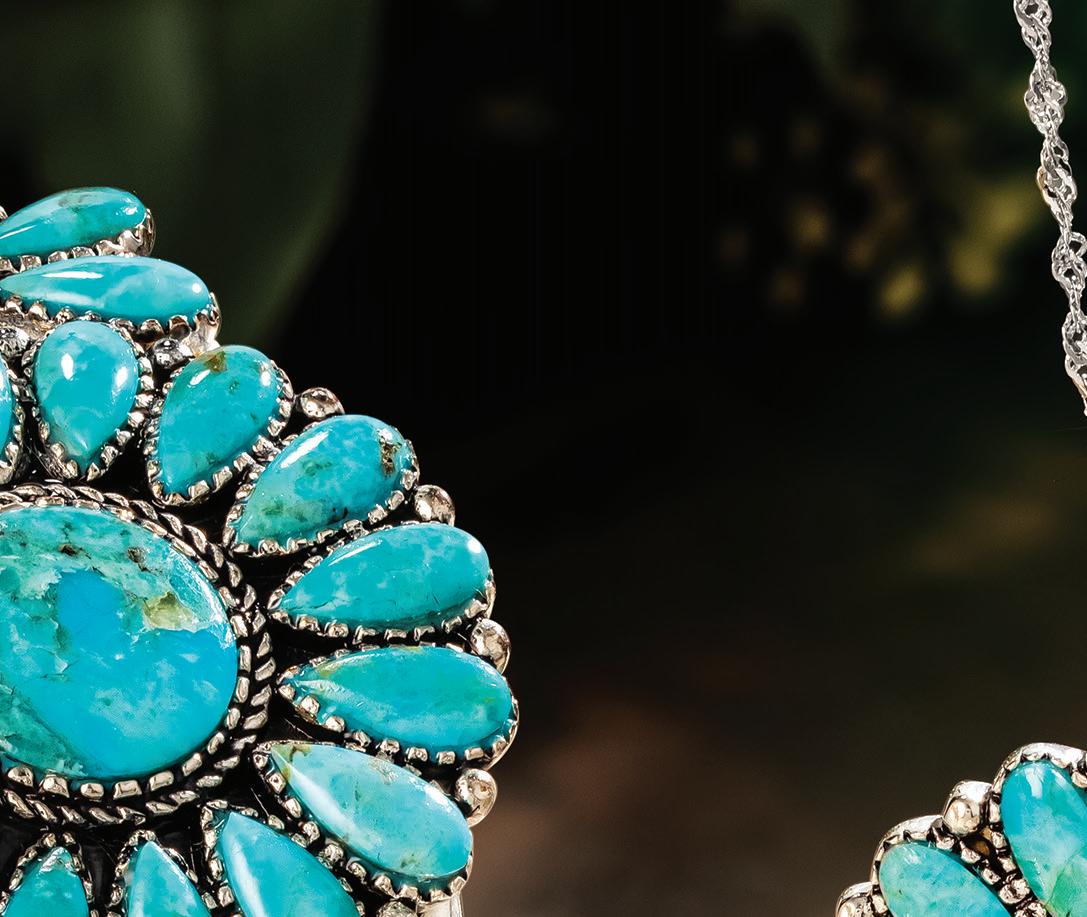
Jewelry Speci cations:
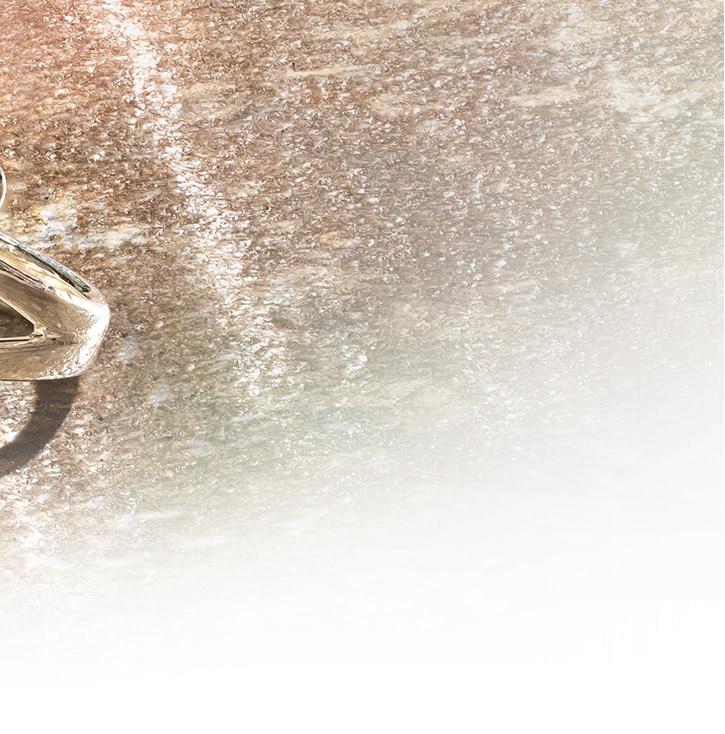

• Arizona turquoise. Oxidized silver finish. Ring: whole sizes 5-10. Pendant: 1 ¾" drop. Cuff: fits wrist to 7 ¼".






Stauer, 14101 Southcross Drive W., Ste 155, Dept. TSC130-01, Burnsville, MN 55337 www.stauer.com

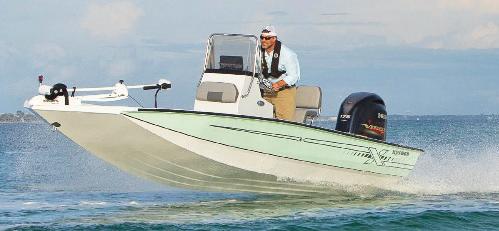





Introduced in the New Product Showcase at ICAST 2022, the all-new MHX HD Rod Rack is the ultimate shing rod storage system with space for up to 20 of your favorite rods.
Constructed from Marine Grade HDPE material, it will never rot, warp or damage your tackle. Assembled with stainless steel hardware, no environment is o limits. Whether used on the dock for a post-trip wash down or just to help organize your garage and tackle room, this rod rack is a solid piece of equipment designed for serious anglers.


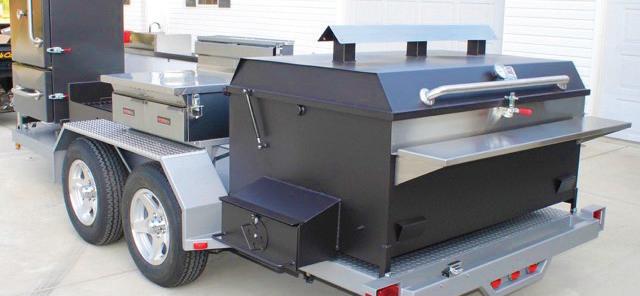
From y and light-tackle rods to heavy o shore rods, each rod’s ghting butt sits in CNC Milled recessed cups to add stability to all handle styles. e MHX HD Rod Rack has the size and the brawn to handle your full arsenal, indoors or outside. It even comes with four supports that lock in heavy duty bent butt o shore rods.

Measuring 26” x 16” x 8”, this heavy-duty, multi-purpose rod rack is easy to assemble and will nd a perfect place on your boat or dock, in the garage, or at the shop.

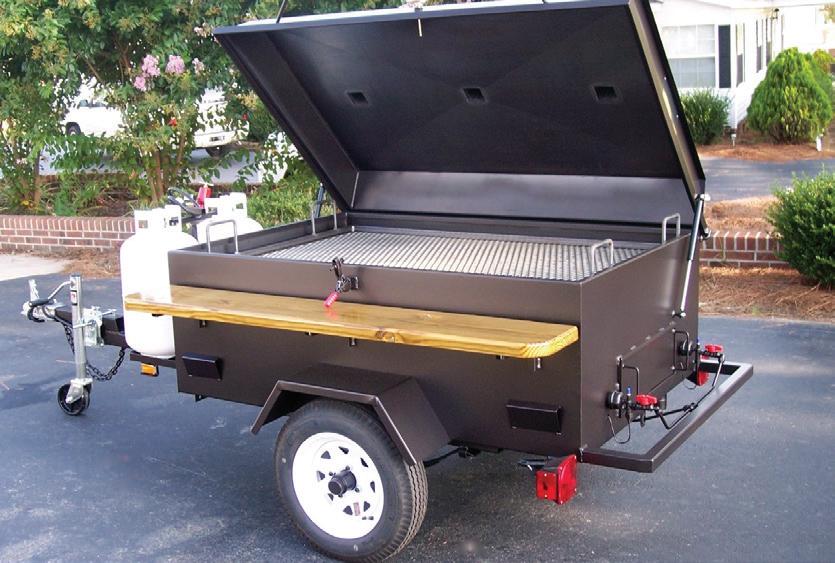
e MHX Rod Rack securely stores your rods, so they are ready at a moment’s notice. With an MSRP of only $229.95, you won’t nd a tougher, more versatile rod rack at such an amazing price. Shop for the MHX HD Rod Rack at mudhole.com today!




Berkeley County is a wonderland for outdoor enthusiasts, sports bu s, adventure seekers, and water lovers.



From exemplary fishing for striped bass, or a trophy largemouth bass, to our hiking trails and water activities, along with scenic outdoors where you can catch a glimpse of white tail deer and gators, Berkeley County has activities to fit all visitors and families.

Learn more about Berkeley County at: exploreberkeleycounty.com













